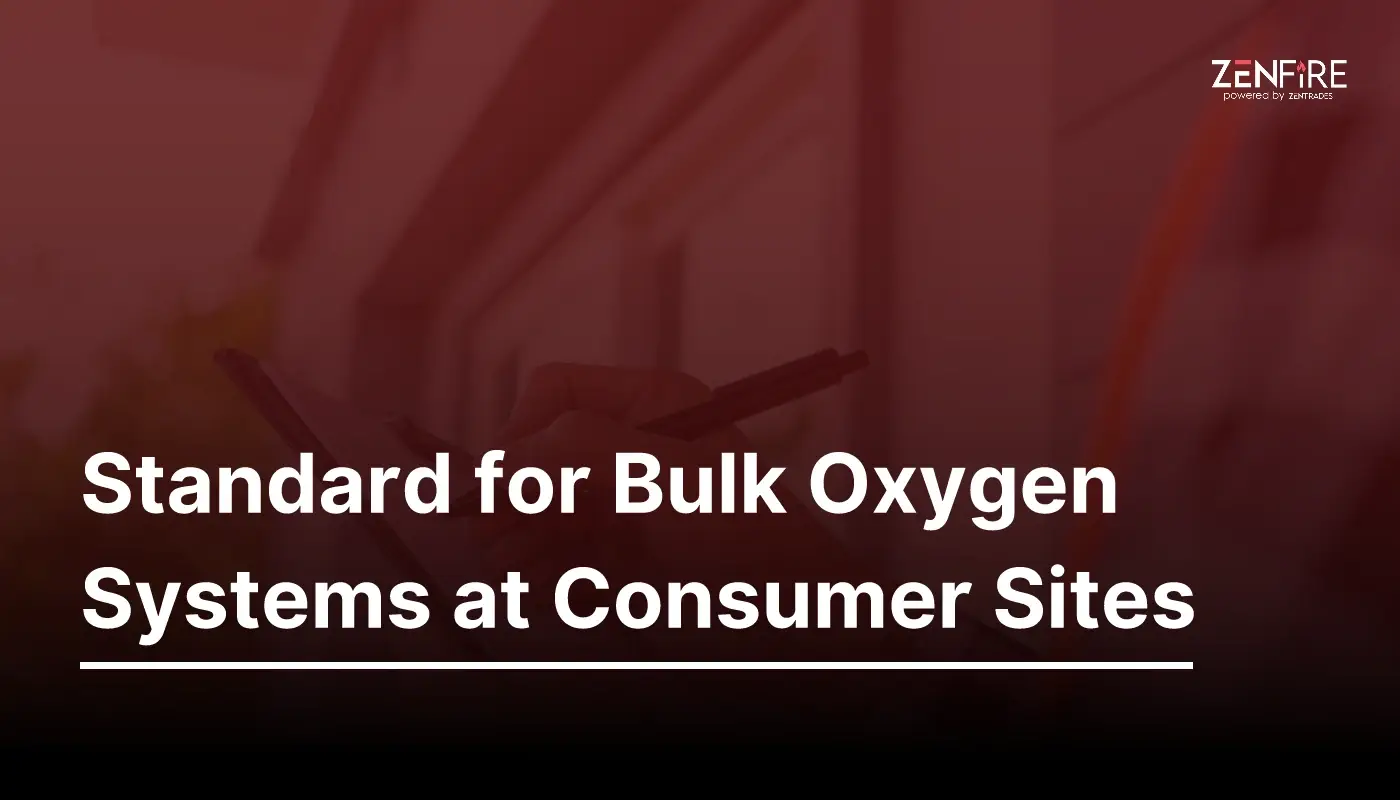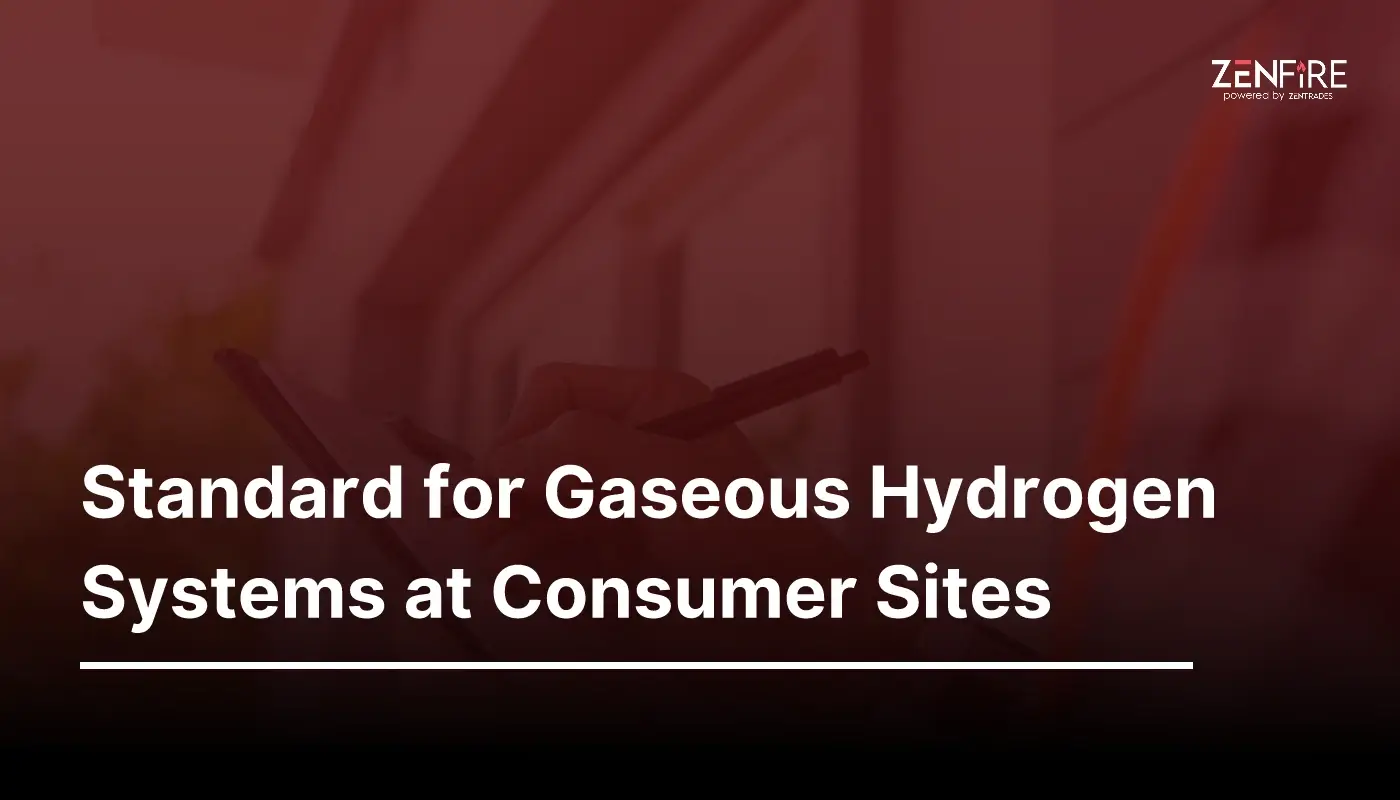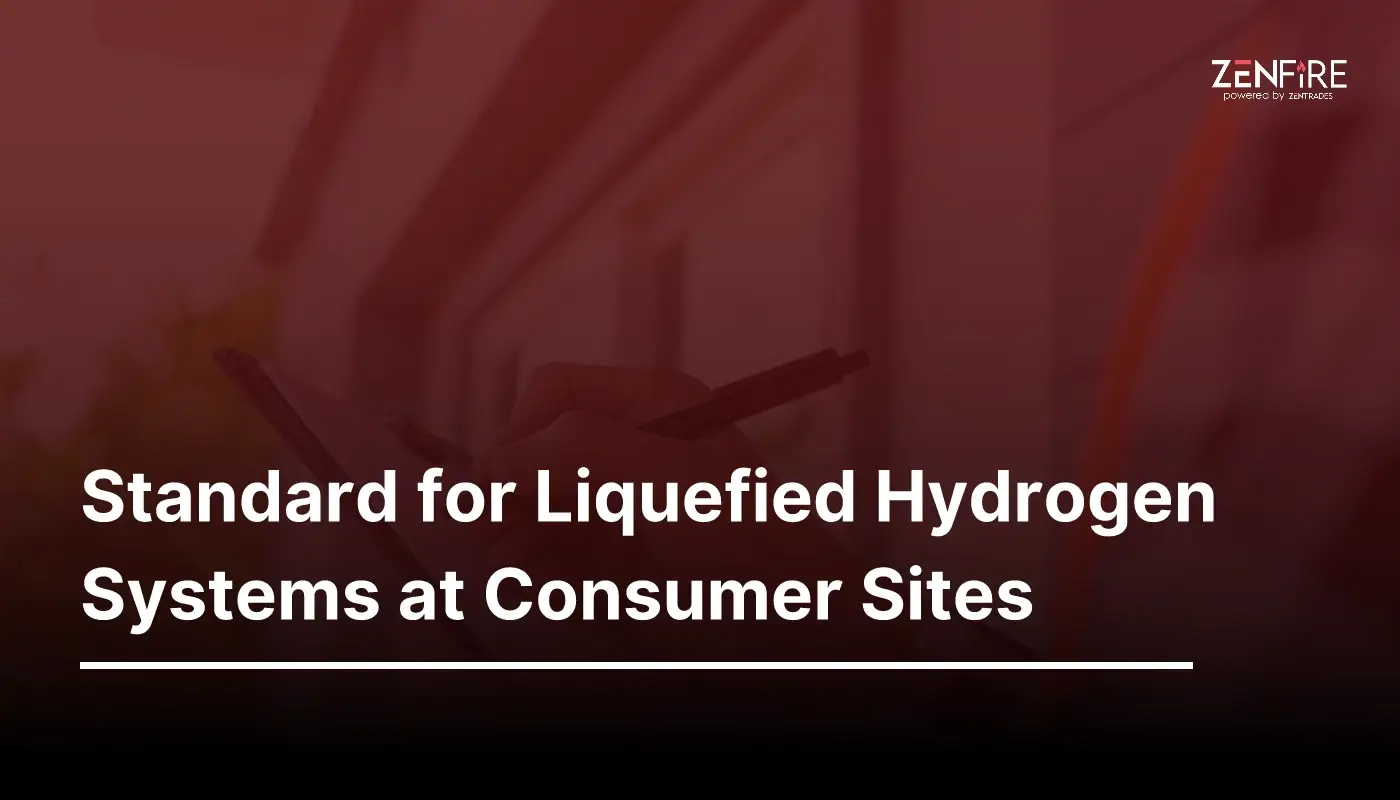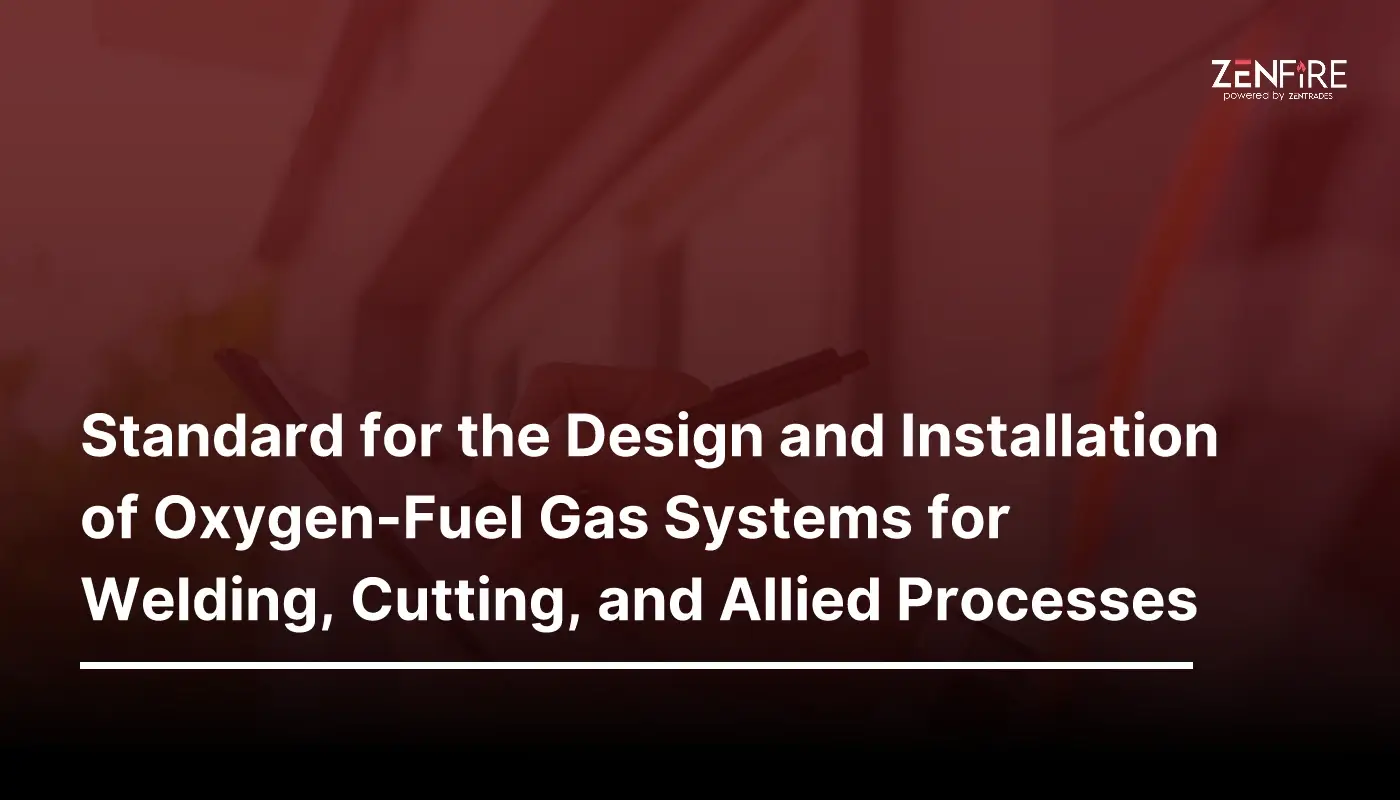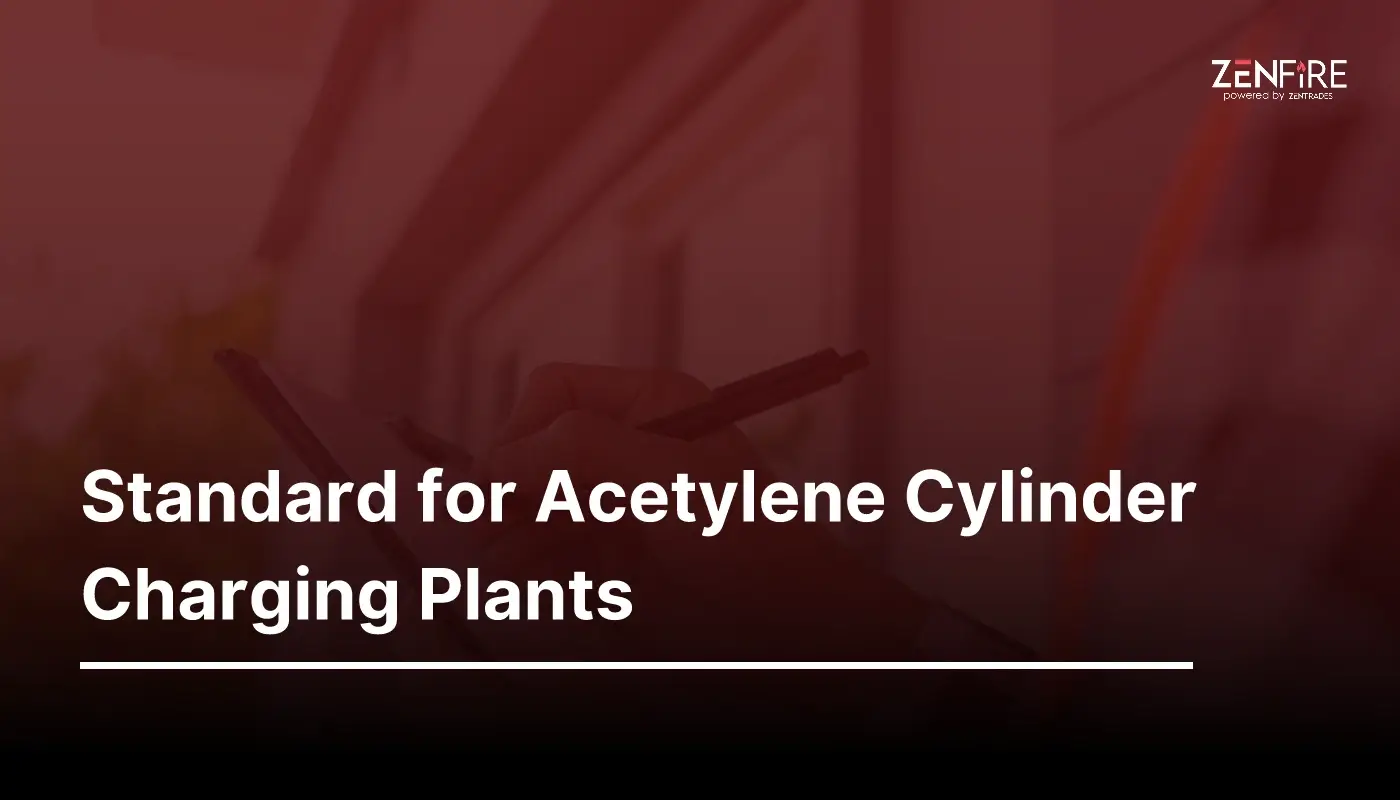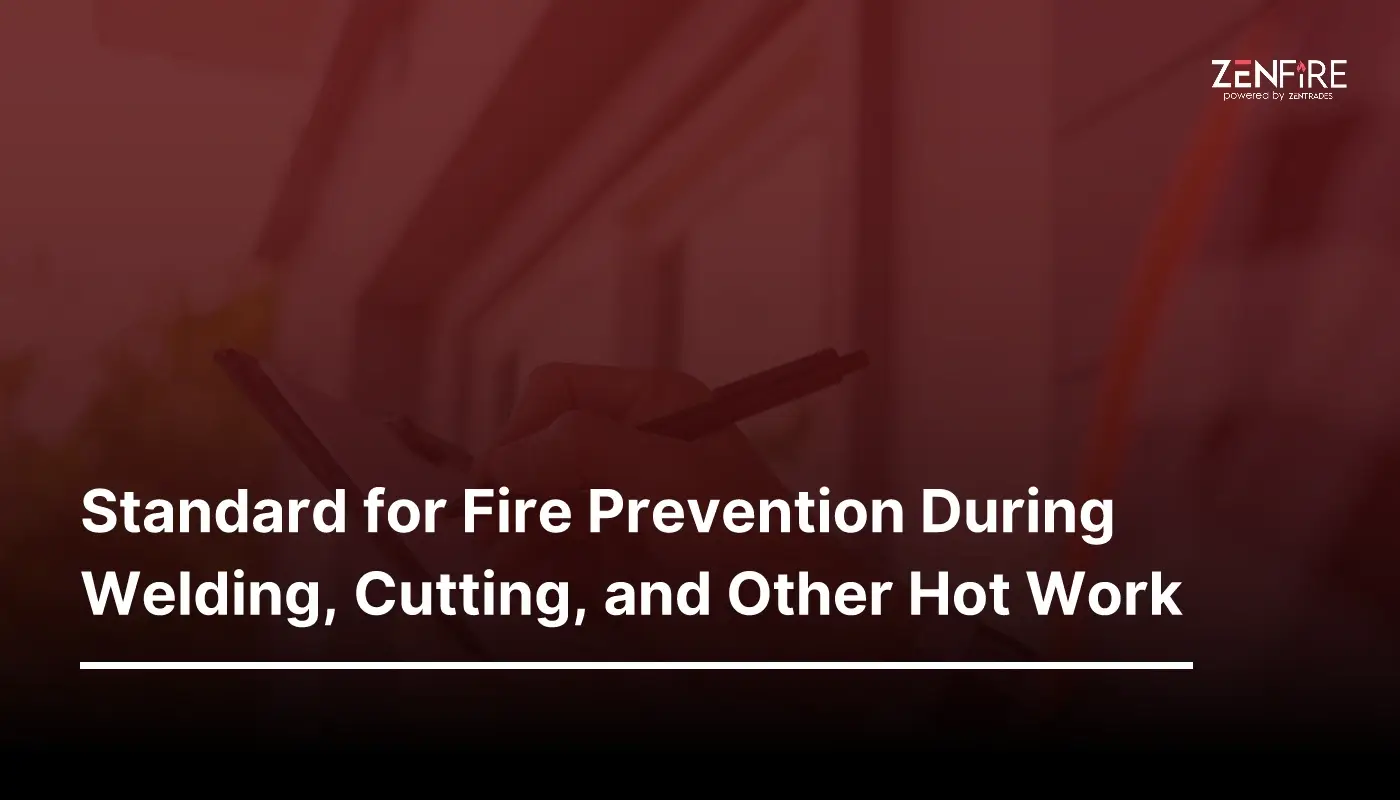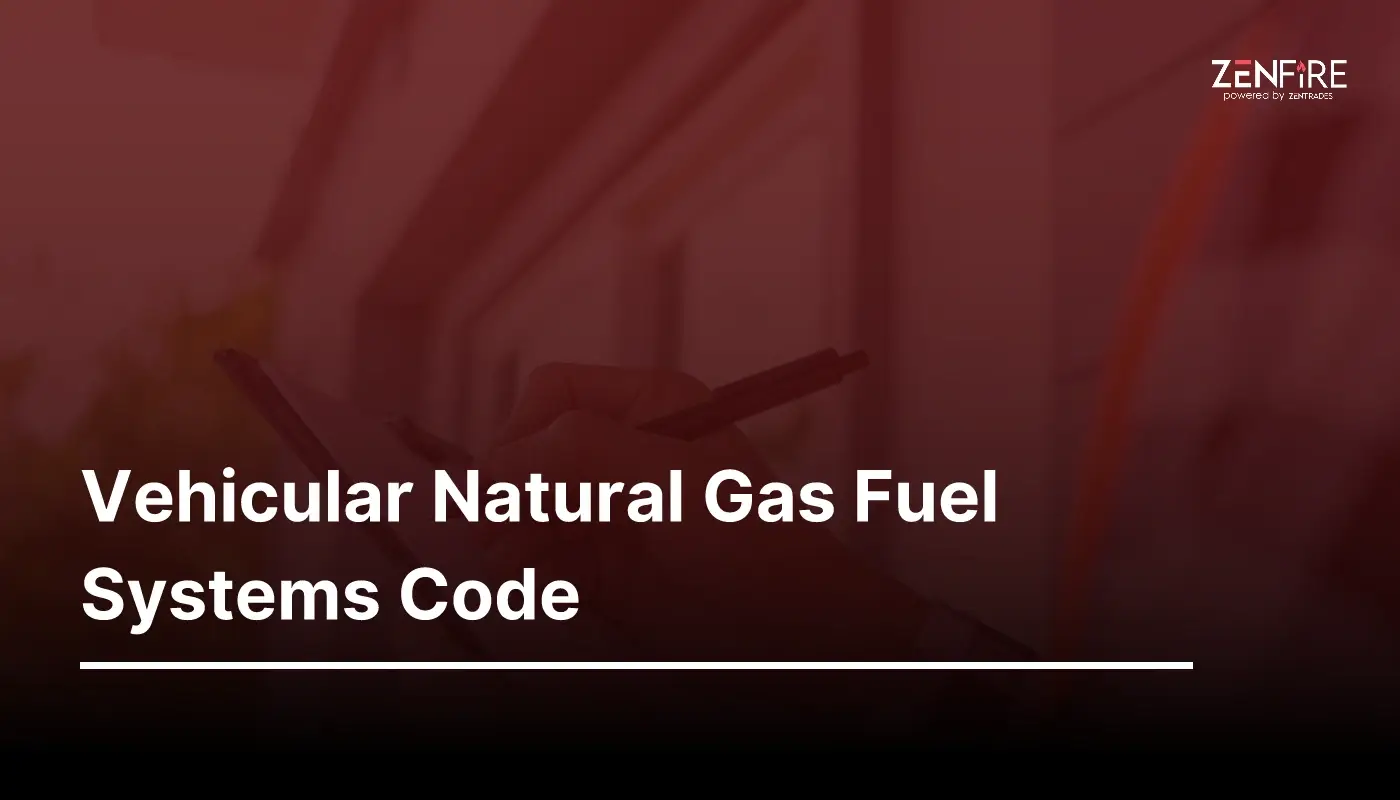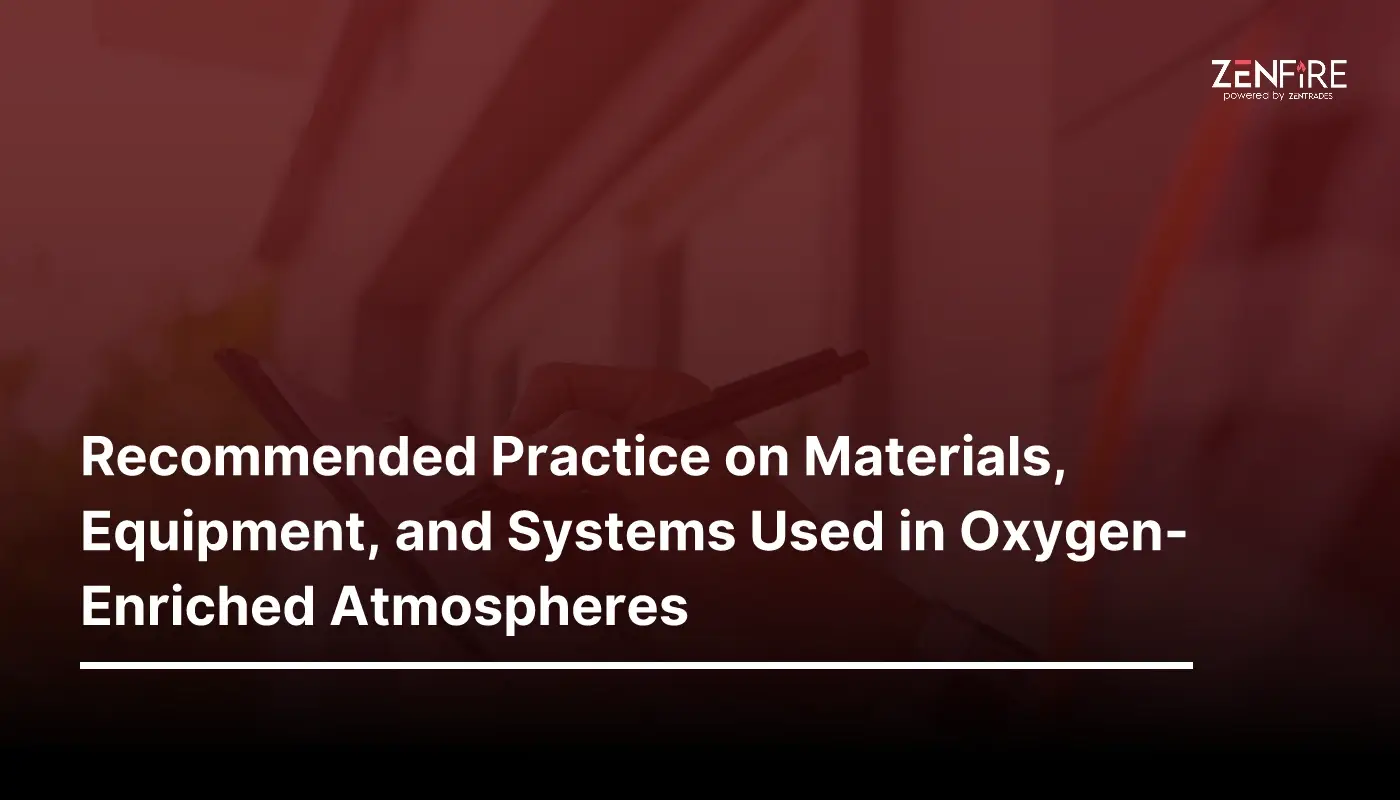- 00Days
- 00Hours
- 00Minutes
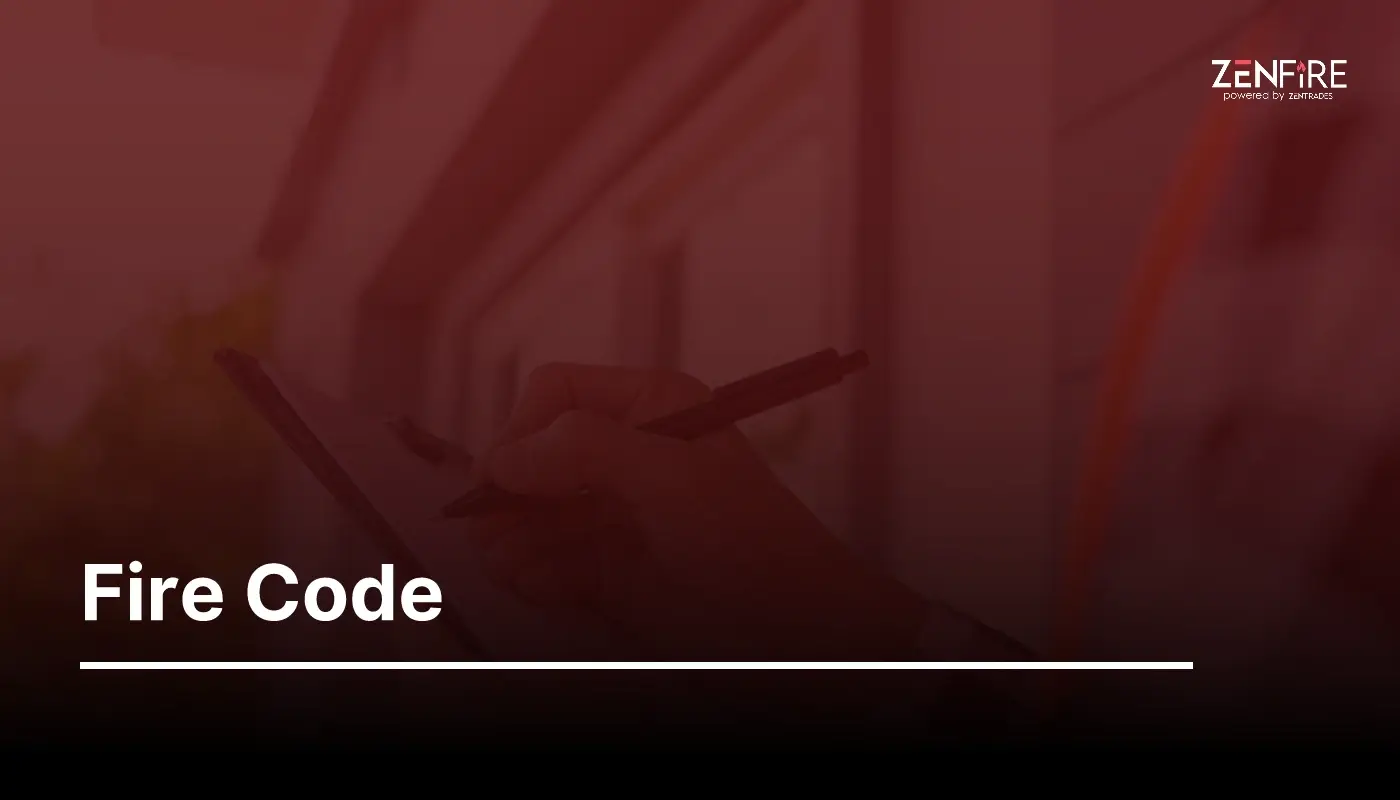
NFPA 1
NFPA 13D is a residential sprinkler design standard focused on one- and two- family dwellings and manufactured homes.
Read More
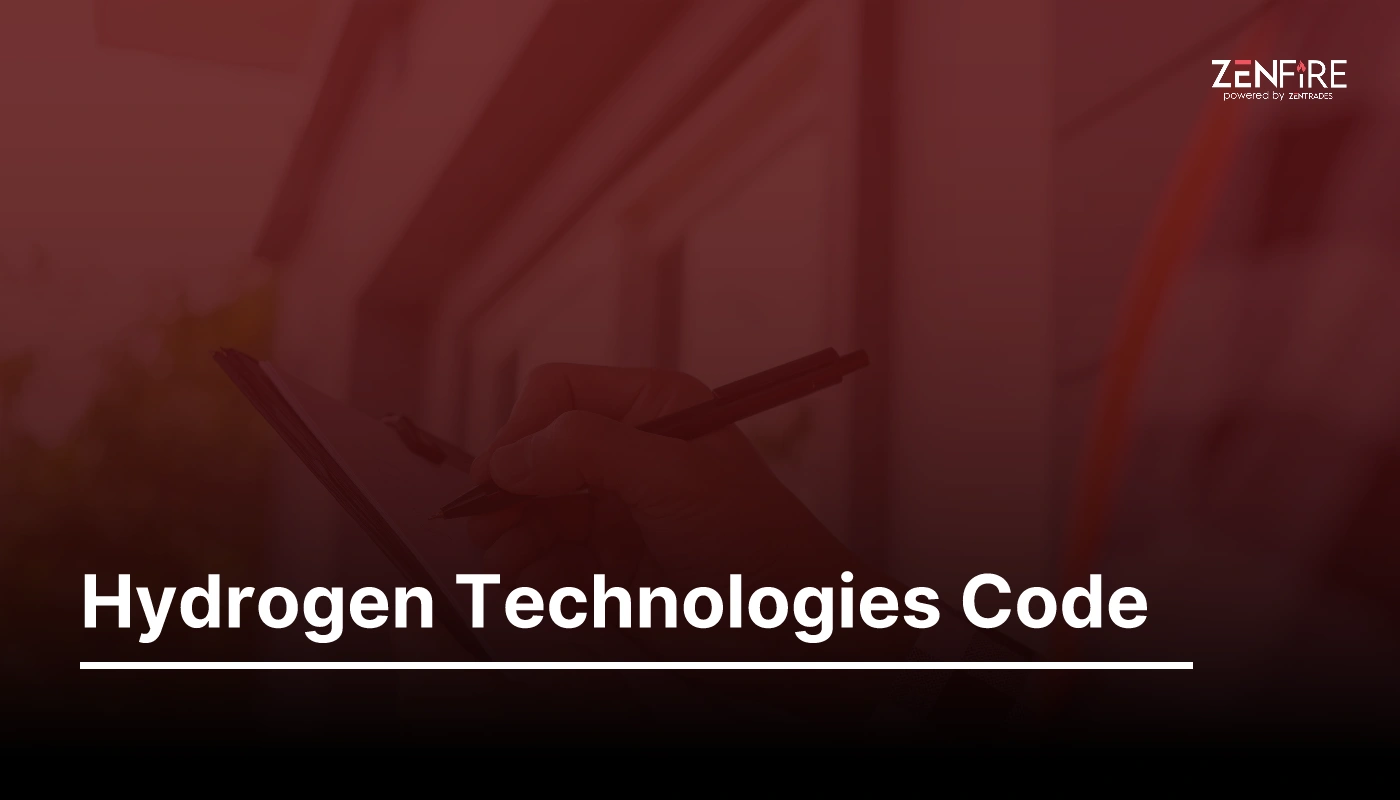
NFPA 2
This code provides fundamental safeguards for the generation, installation, storage, piping,....
Read More
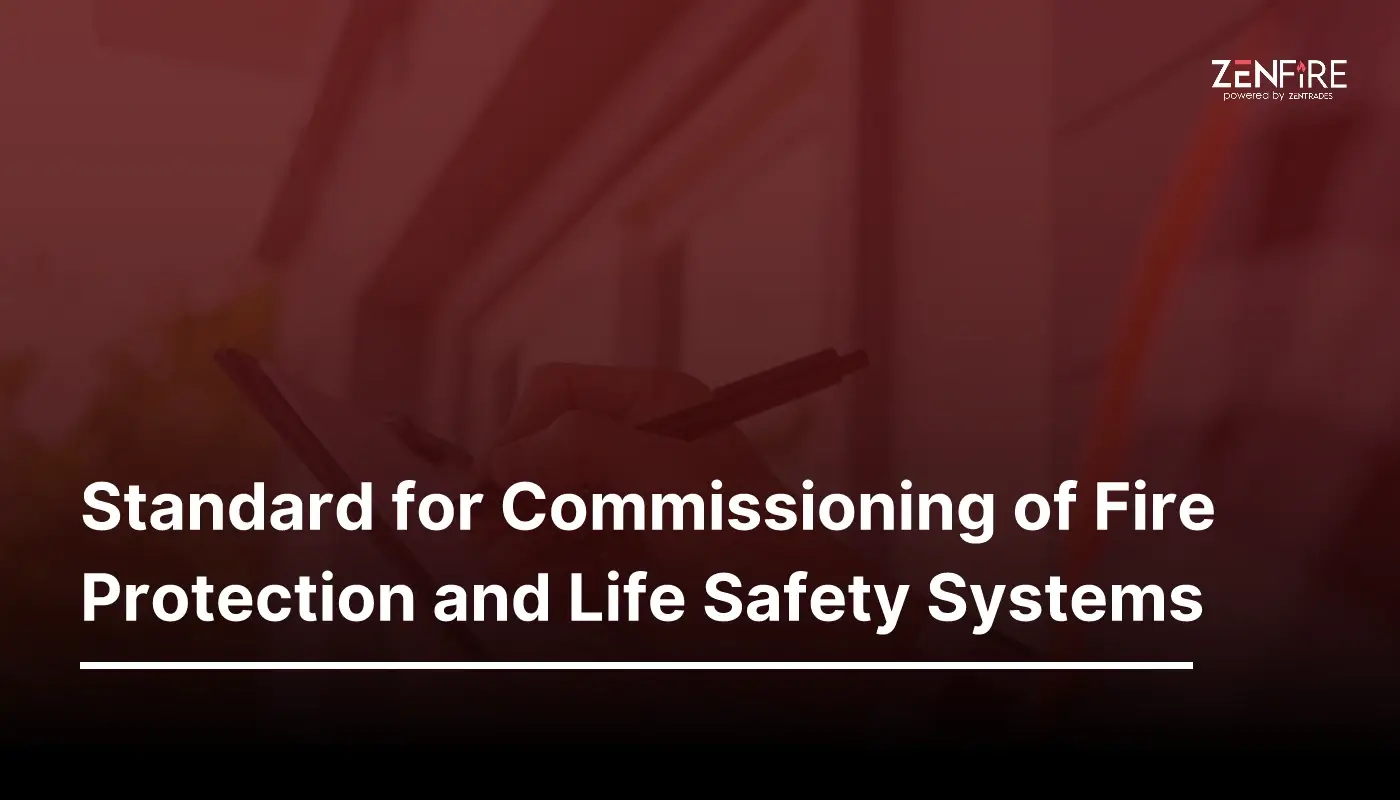
NFPA 3
NFPA 3 was created at the behest of the National Institute of Building Sciences (NIBS).....
Read More
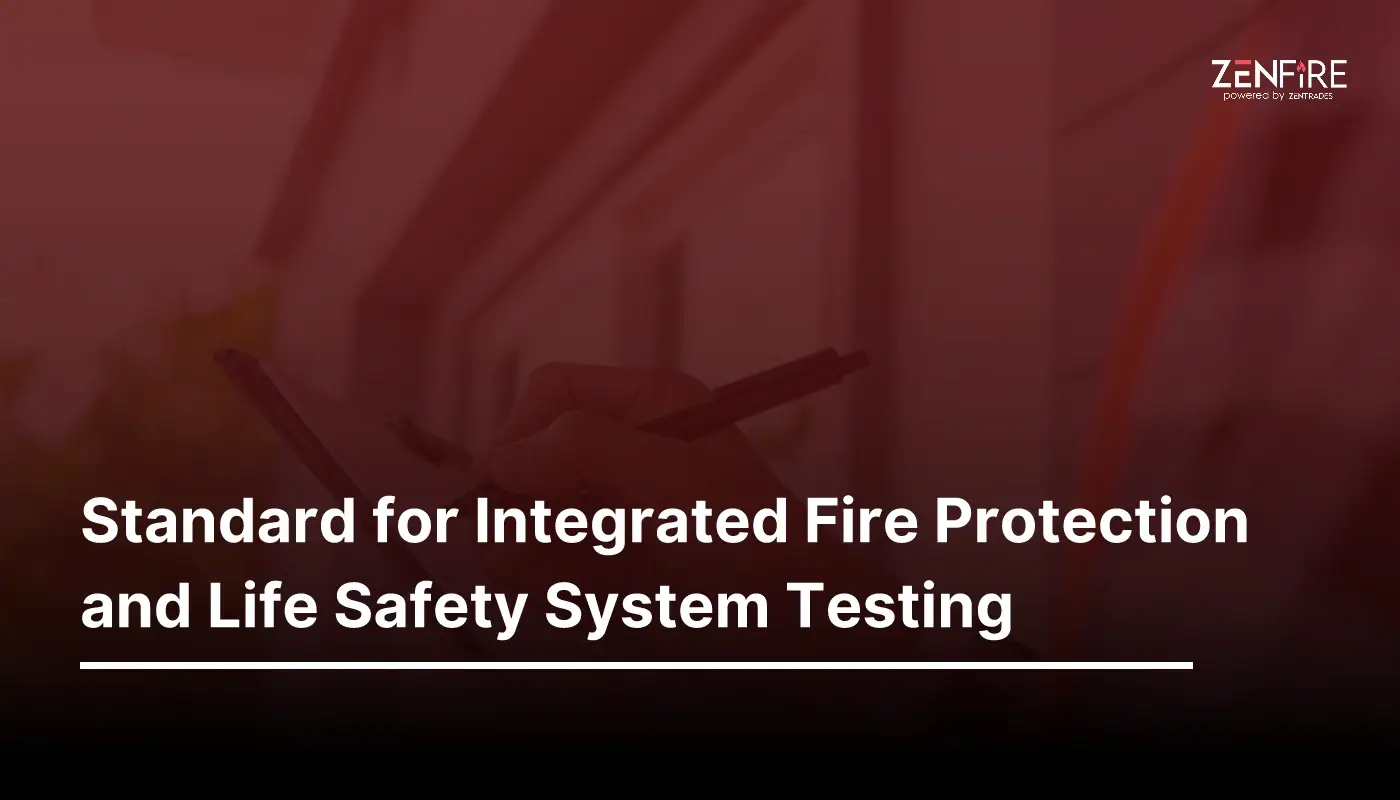
NFPA 4
It delineates test scenarios to verify the proper functioning, interaction, and coordination....
Read More
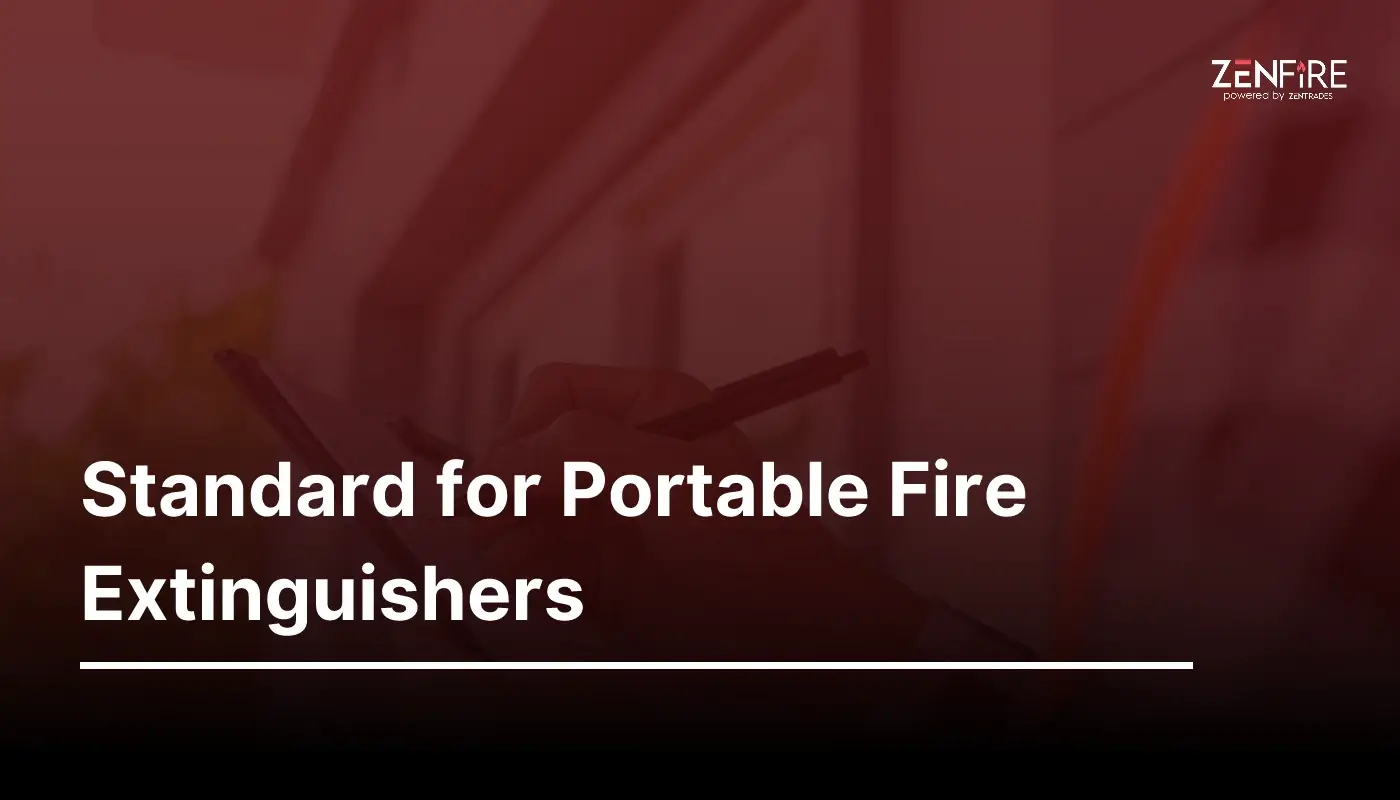
NFPA 10
NFPA 10 sets forth criteria to guarantee that portable fire extinguishers function correctly...
Read More
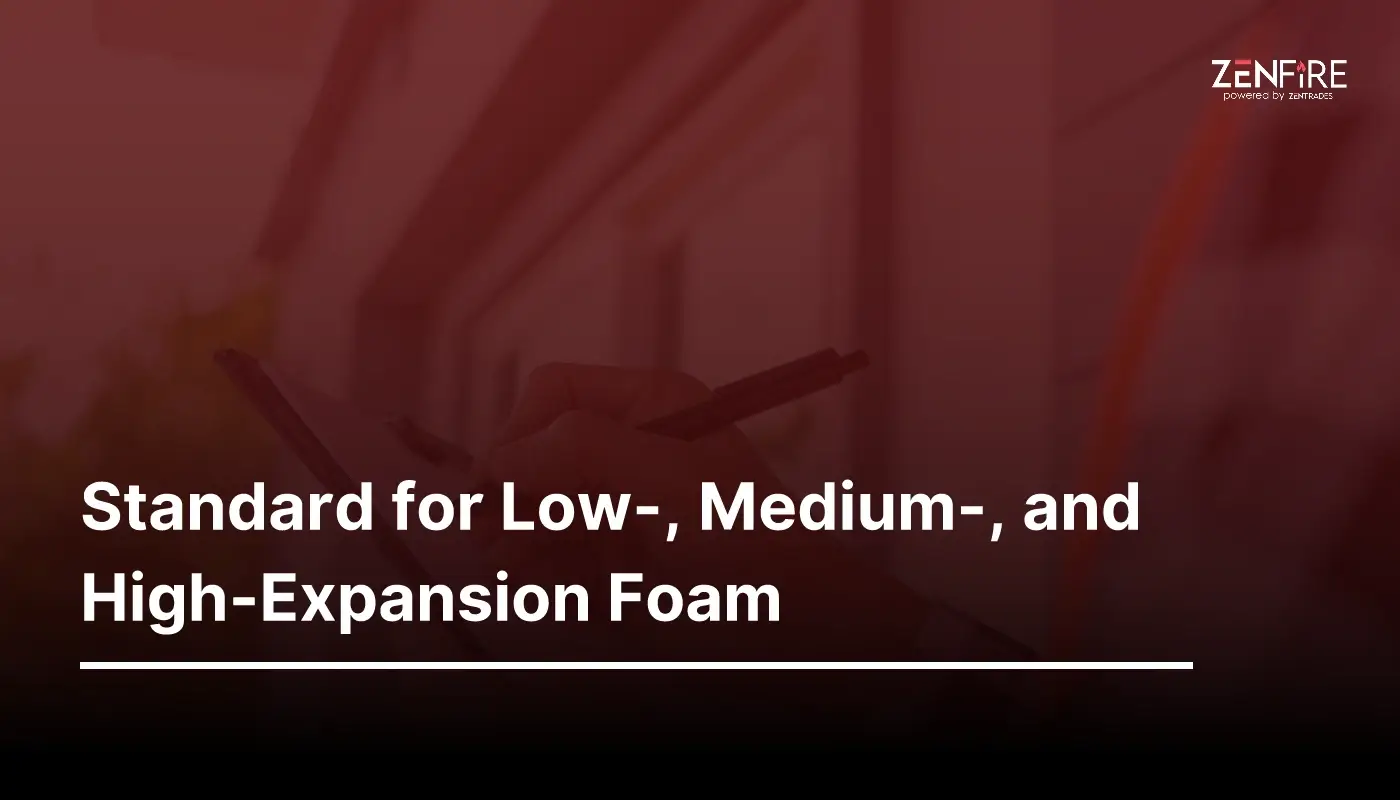
NFPA 11
It encompasses the design, installation, operation, testing, and upkeep of foam systems with varying...
Read More
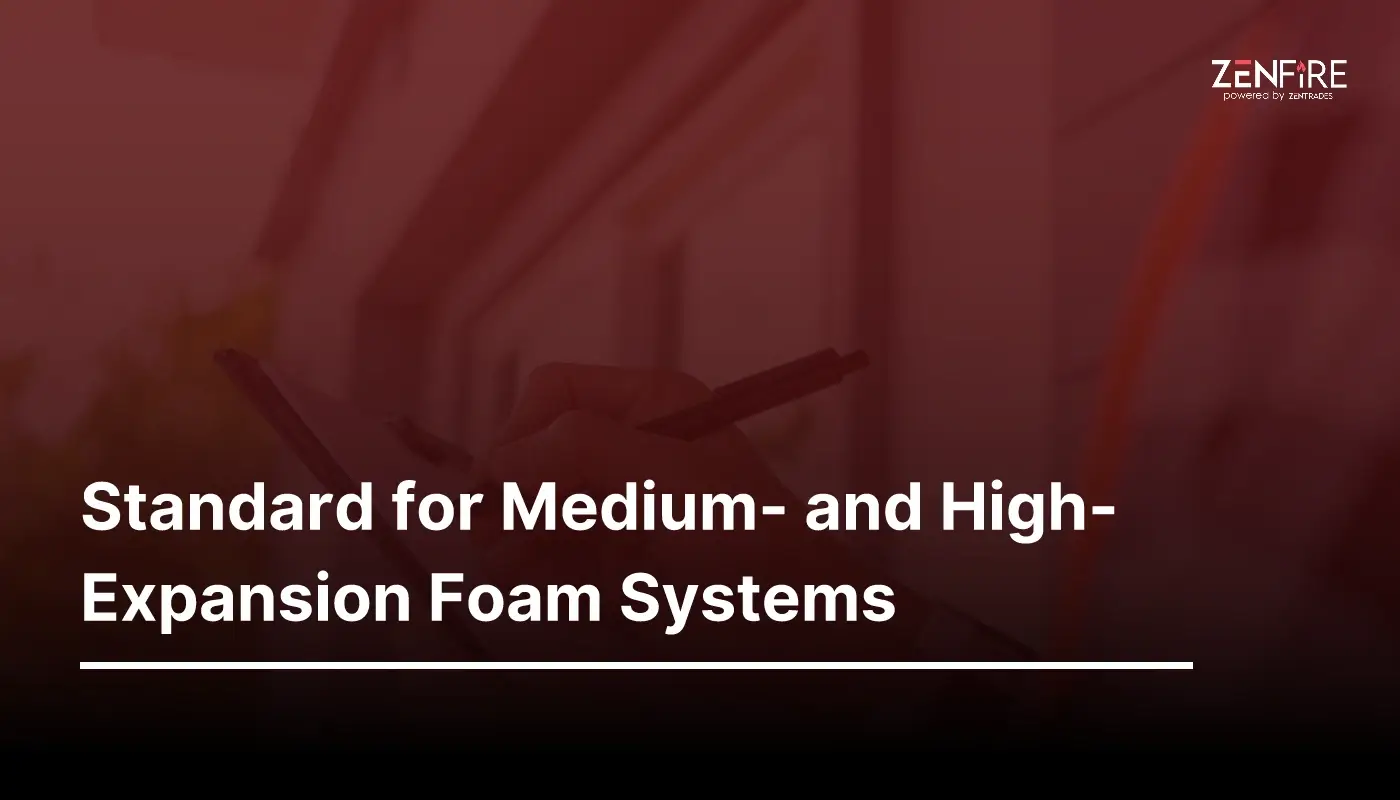
NFPA 11A
NFPA 11A was absorbed into NFPA 11 in Autumn 2004 and is no longer in effect as a separate standard...
Read More
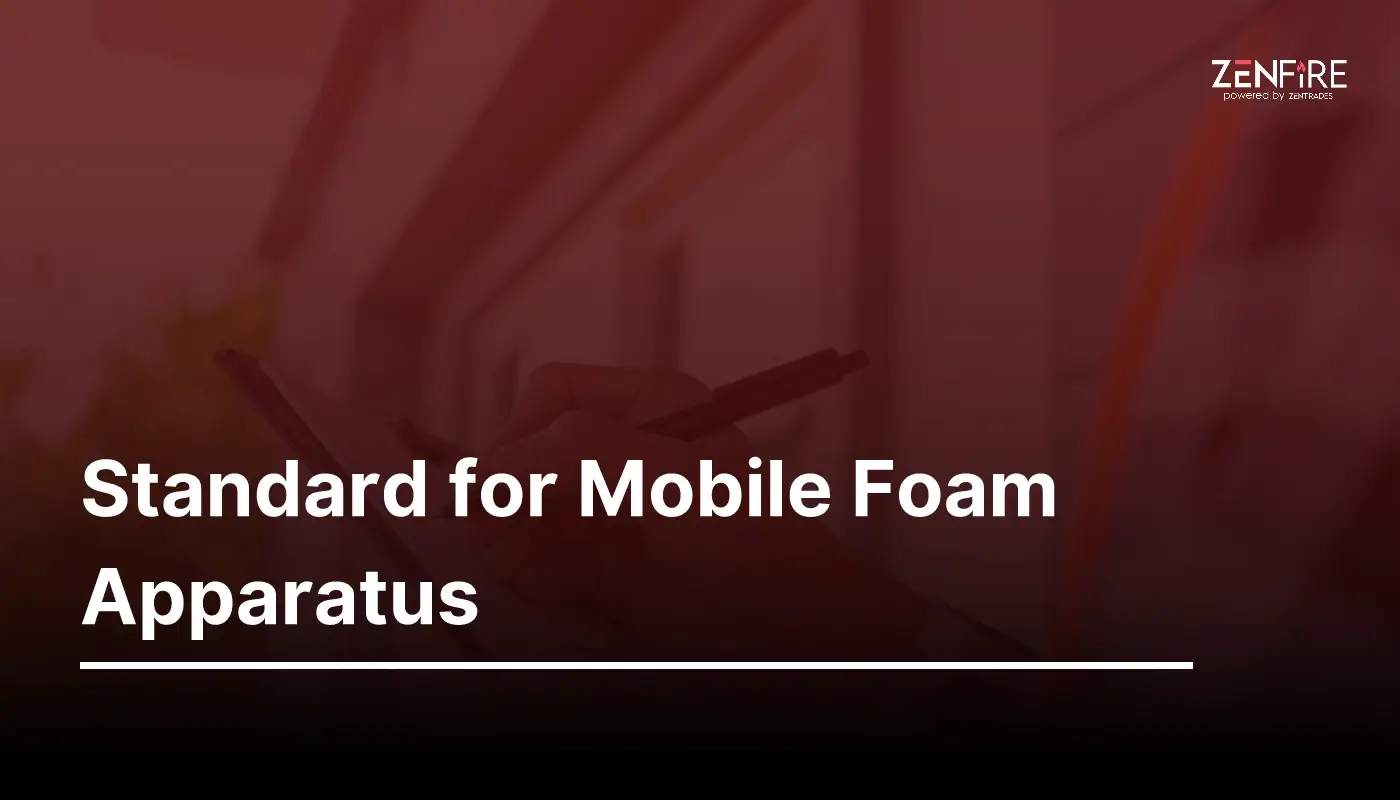
NFPA 11C
NFPA 11C was assimilated into NFPA 1901 in the year 1999 and is no longer maintained as an independent document....
Read More
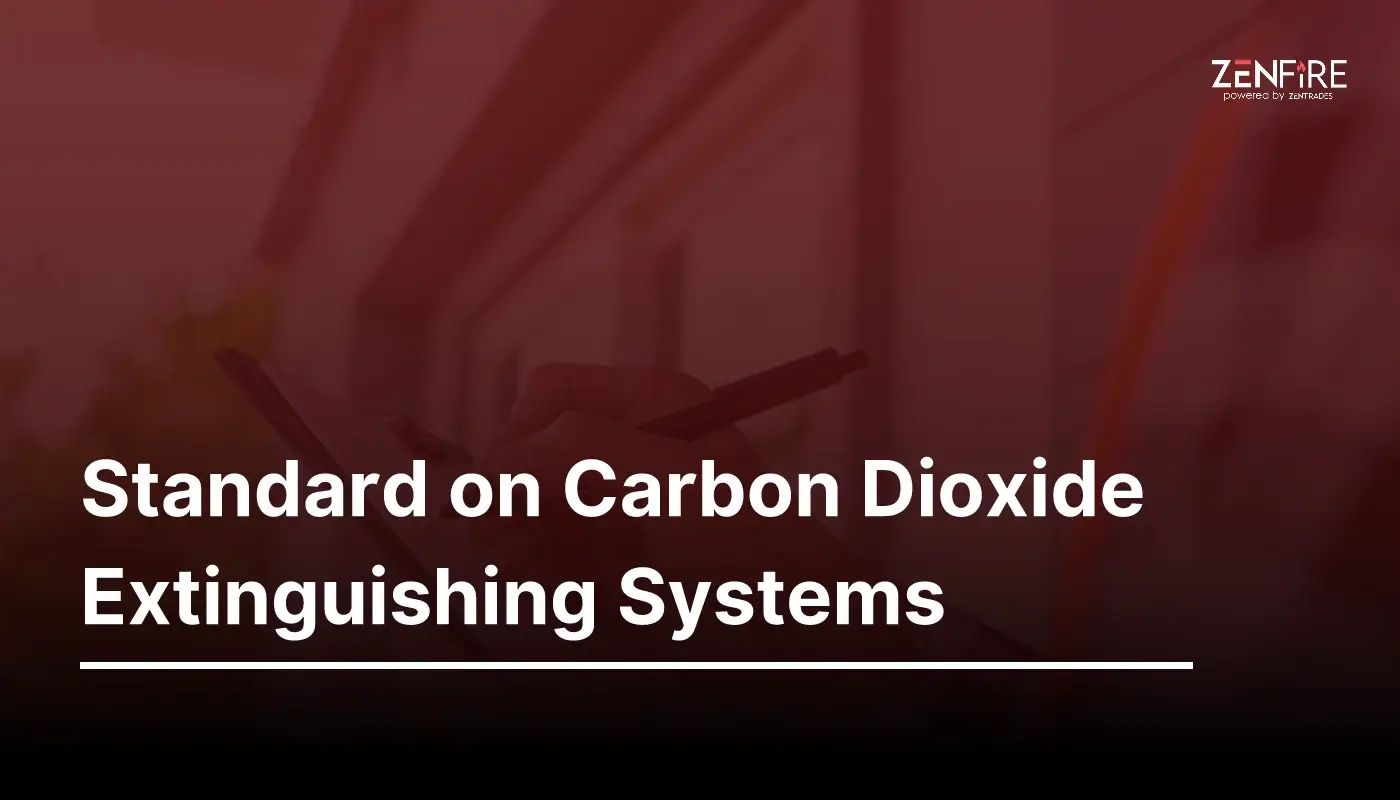
NFPA 12
It specifies criteria for carbon dioxide fire suppression systems to guarantee their efficacy and longevity,...
Read More
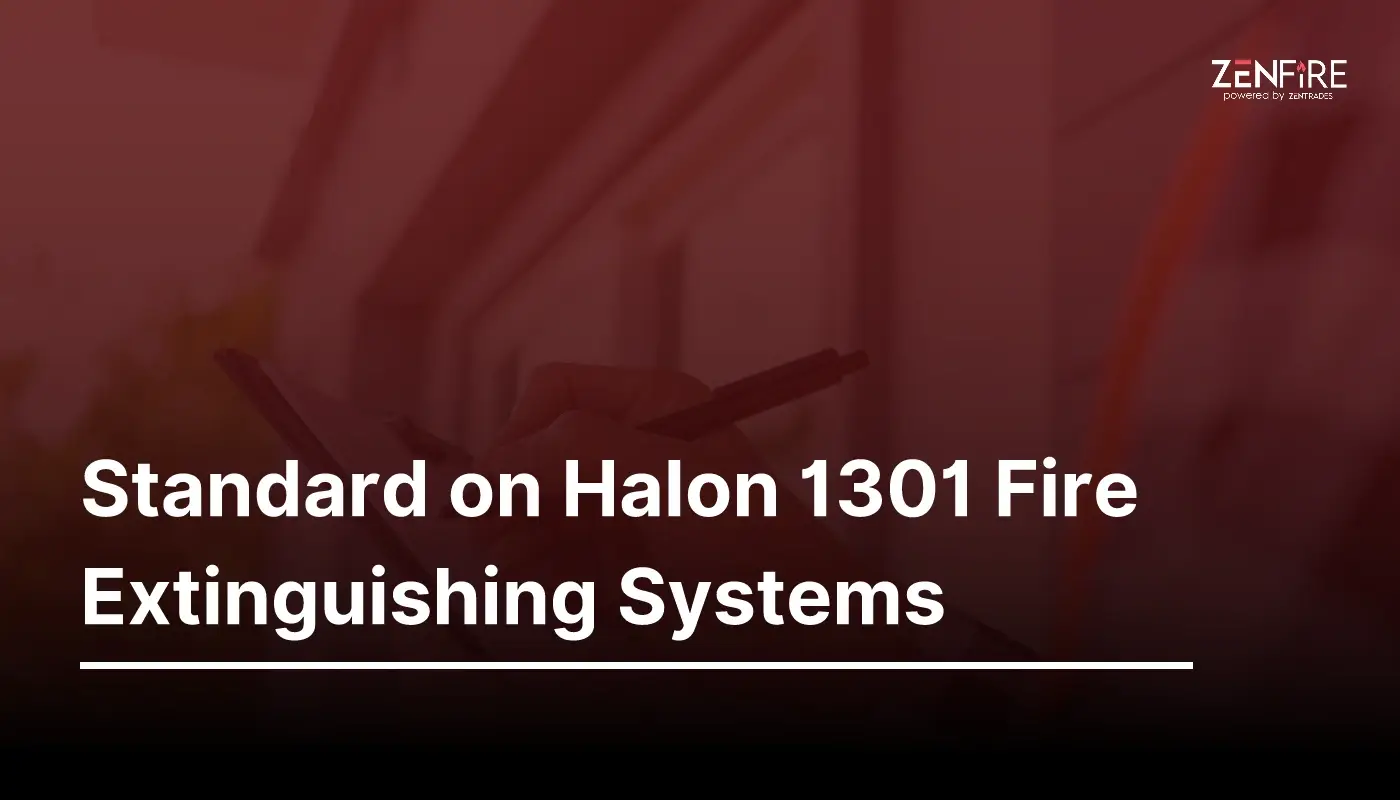
NFPA 12A
It details prerequisites for total flooding Halon 1301 fire suppression systems, aiding stakeholders...
Read More
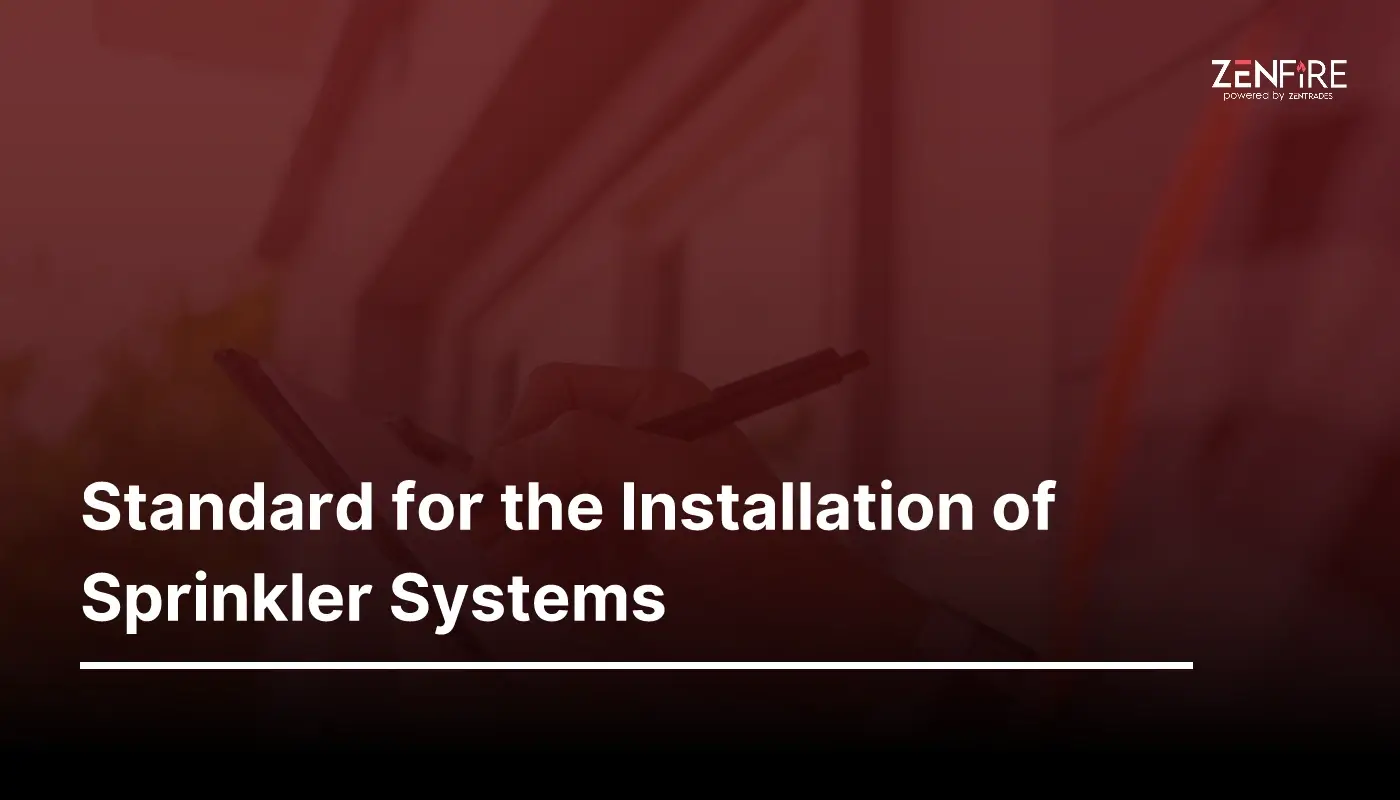
NFPA 13
NFPA 13 serves as the industry standard for designing and installing automatic fire sprinkler systems...
Read More
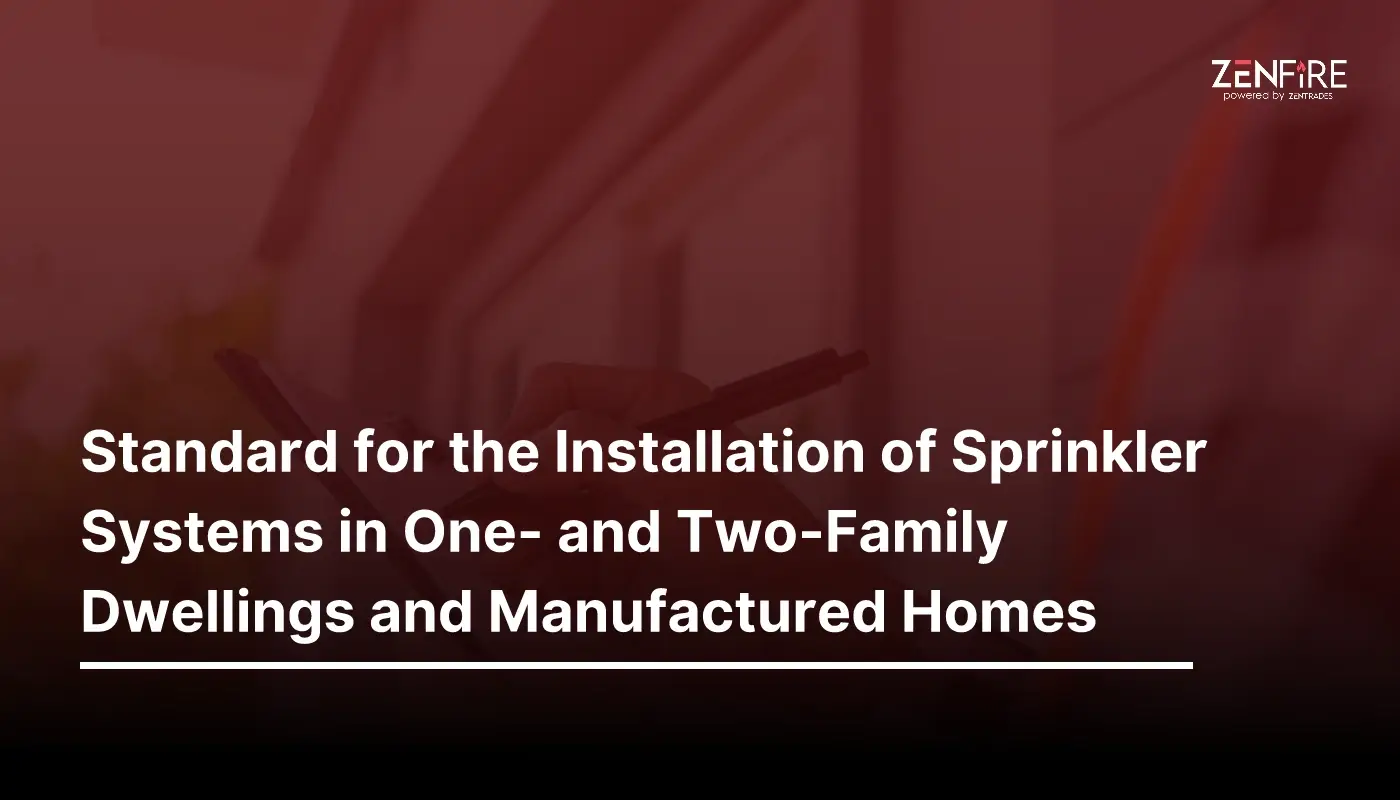
NFPA 13D
NFPA 13D is tailored for residential sprinkler design, specifically for single and double-family residences...
Read More
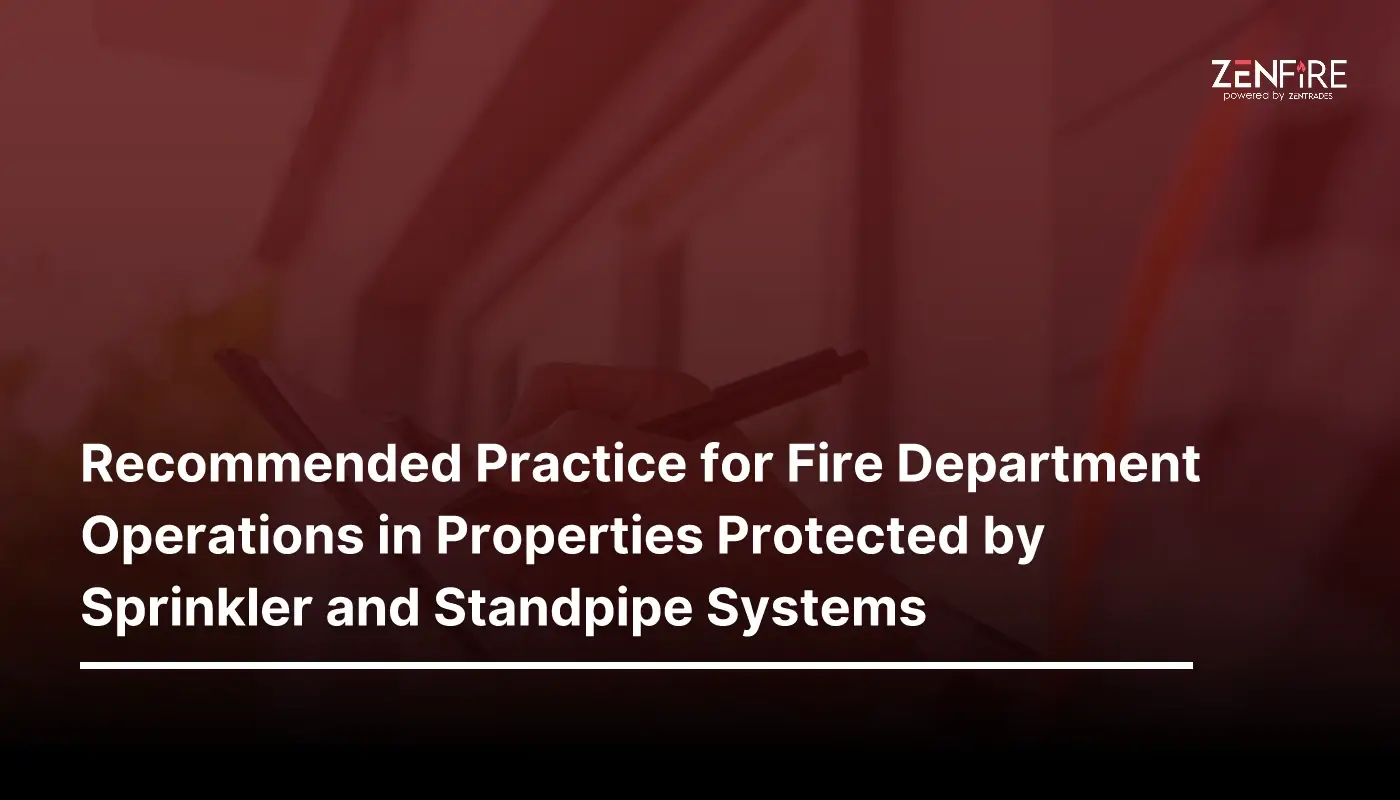
NFPA 13E
This suggested practice furnishes guidance and protocols for fire department operations...
Read More
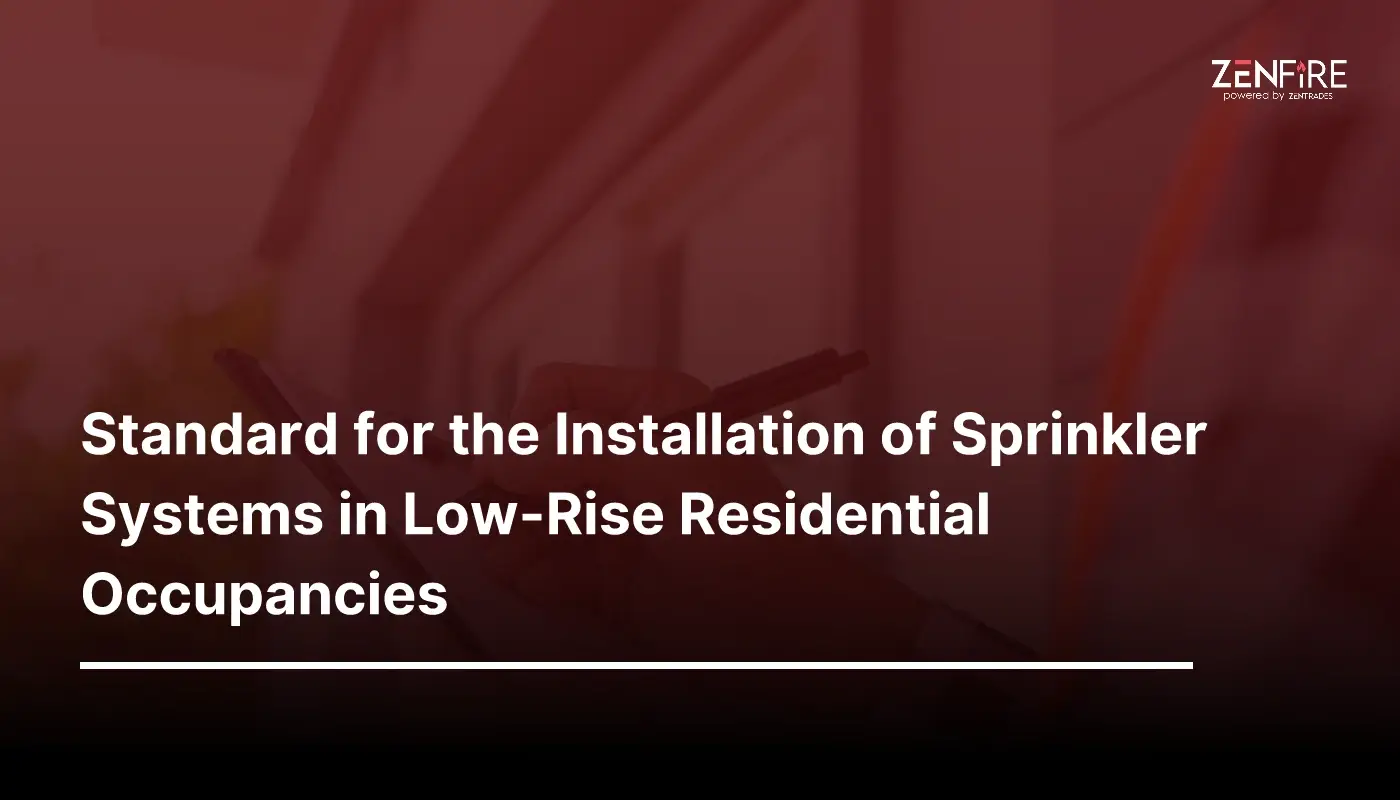
NFPA 13R
NFPA 13R concentrates on sprinkler designs for low-rise residential properties, aiming to control...
Read More
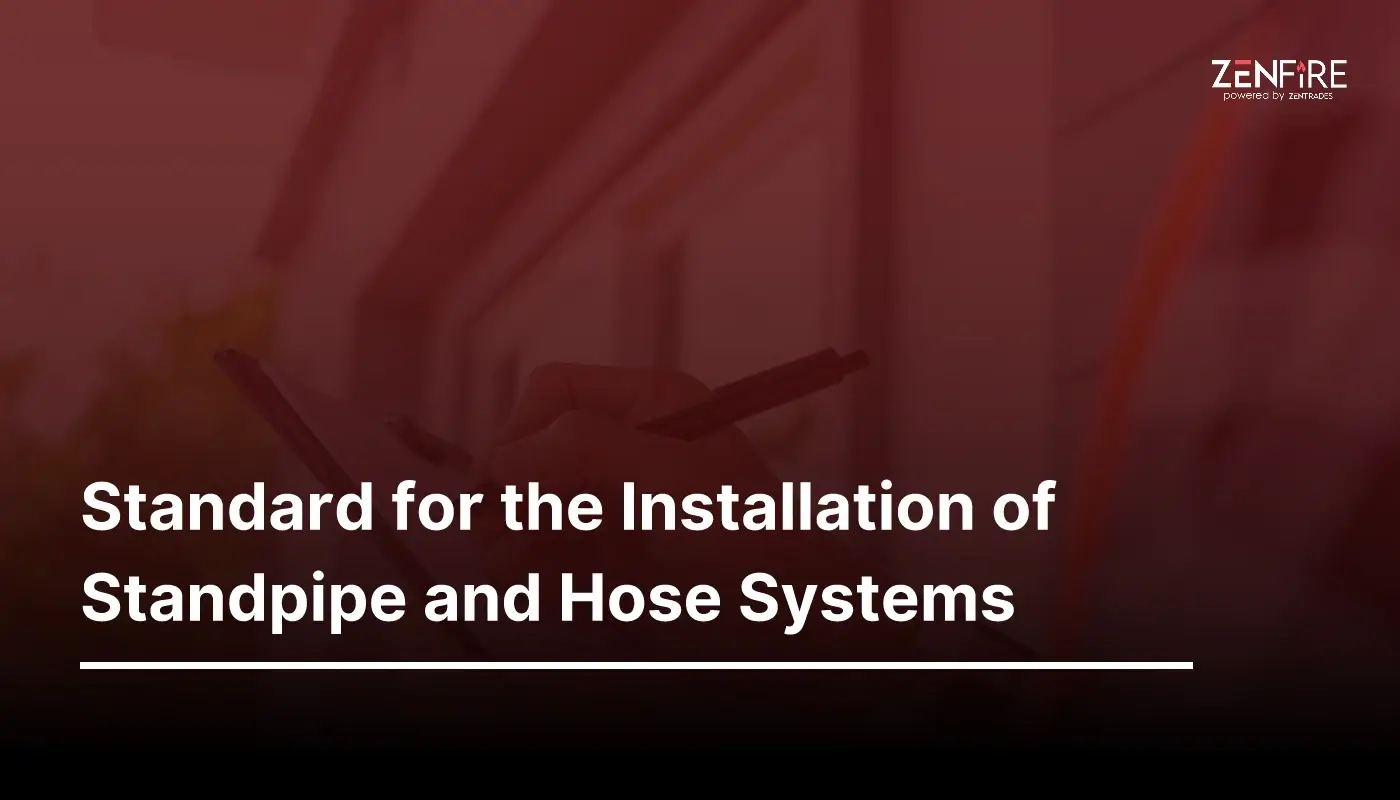
NFPA 14
NFPA 14 stipulates criteria for installing standpipes and hose systems, guaranteeing their efficacy...
Read More
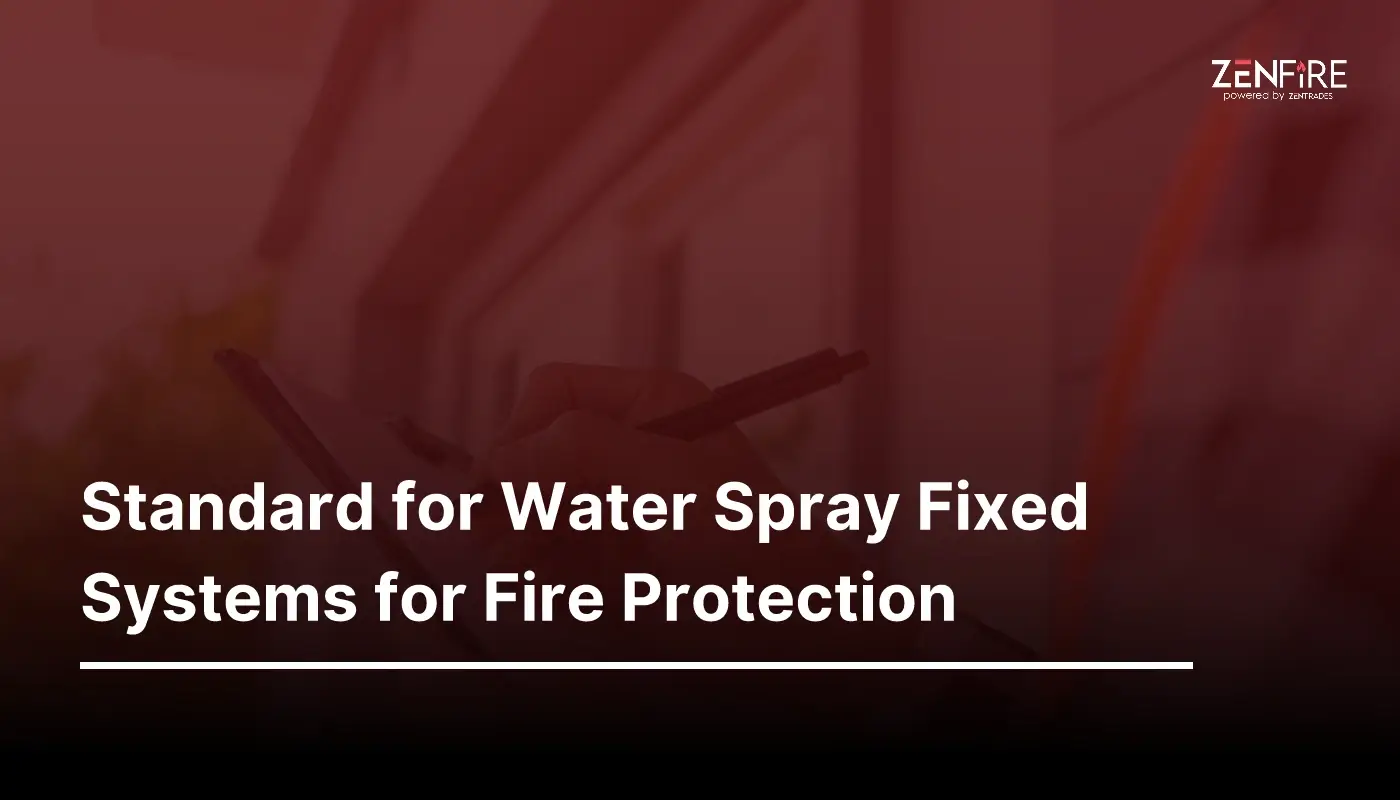
NFPA 15
It ensures efficient fire management, extinguishment, prevention, and exposure protection...
Read More
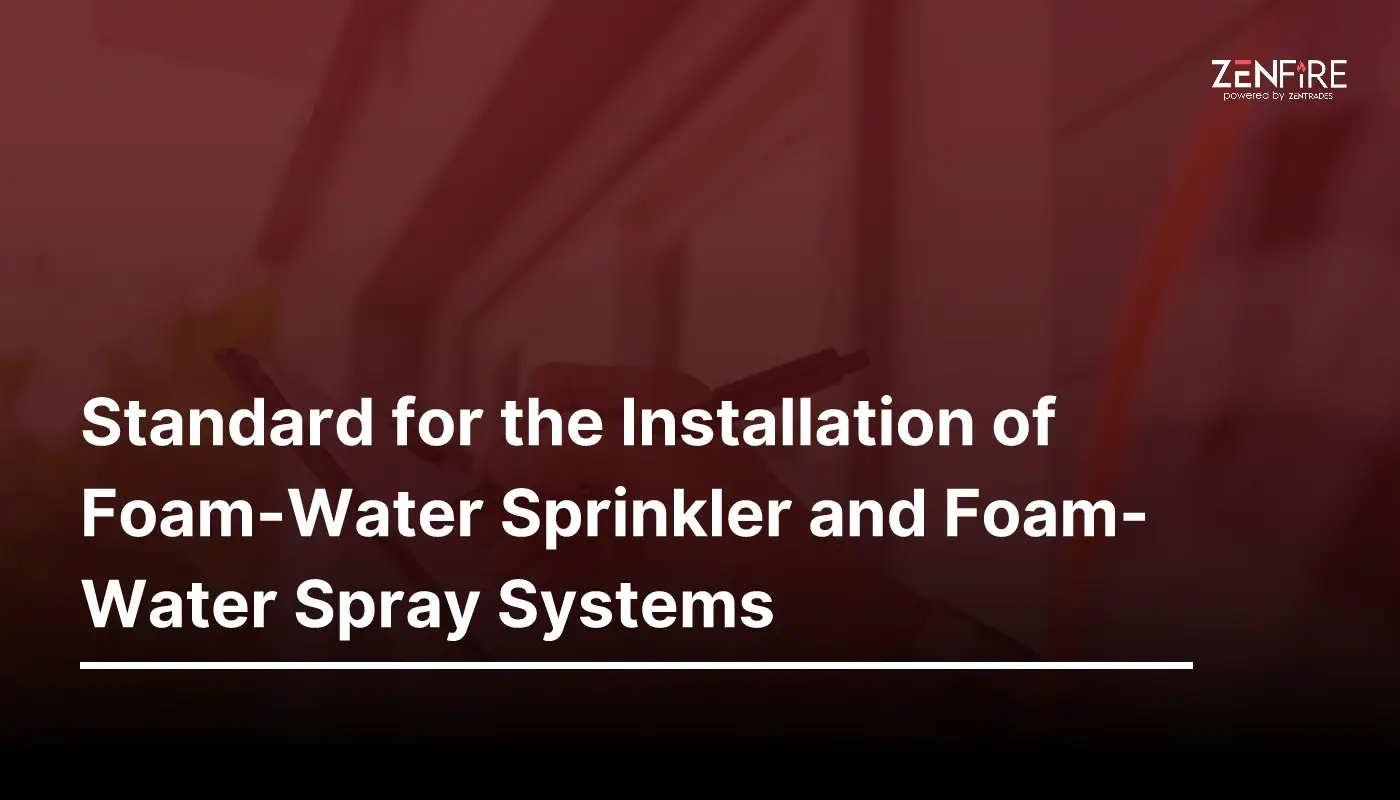
NFPA 16
It establishes basic prerequisites for designing, installing, and maintaining foam-water sprinkler...
Read More
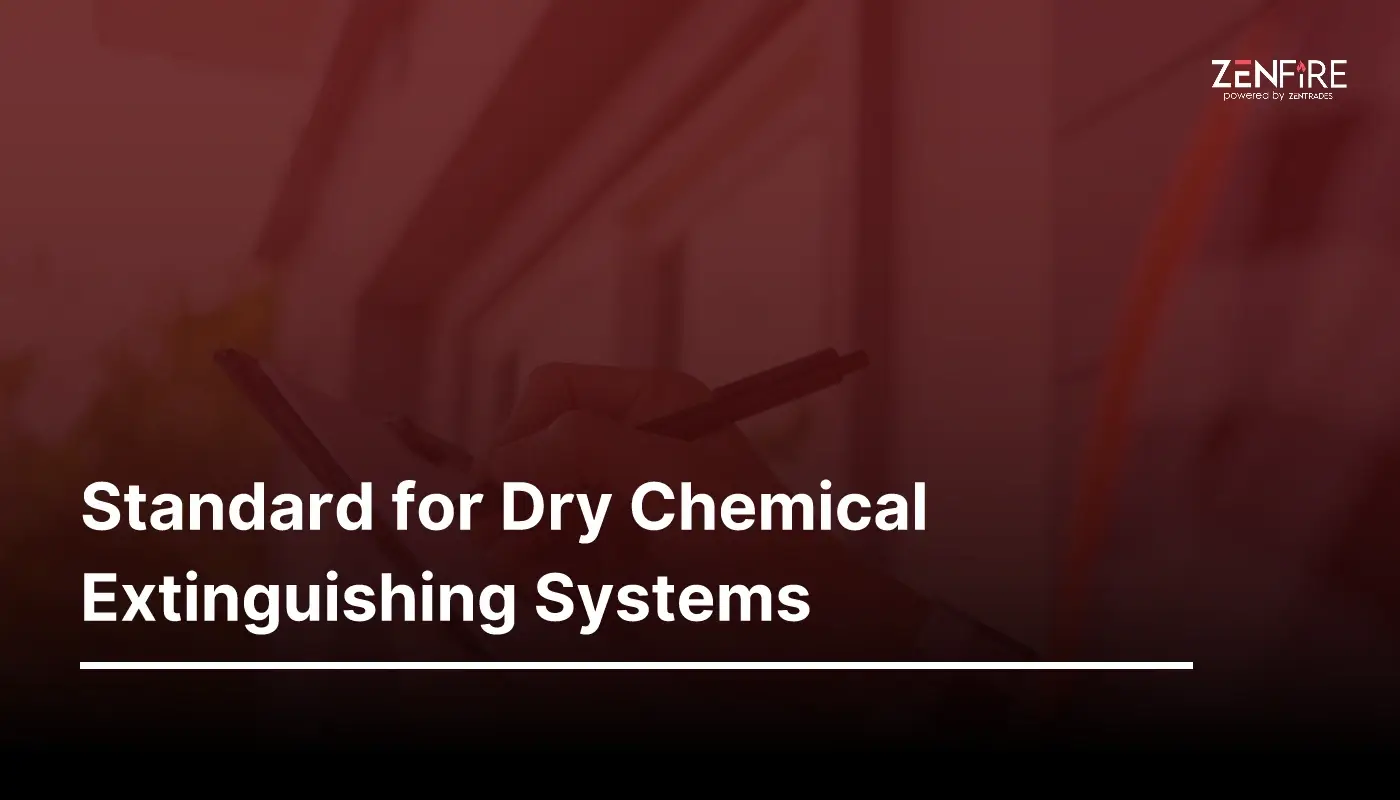
NFPA 17
It encompasses the essential prerequisites to guarantee the operational efficacy of dry chemical...
Read More
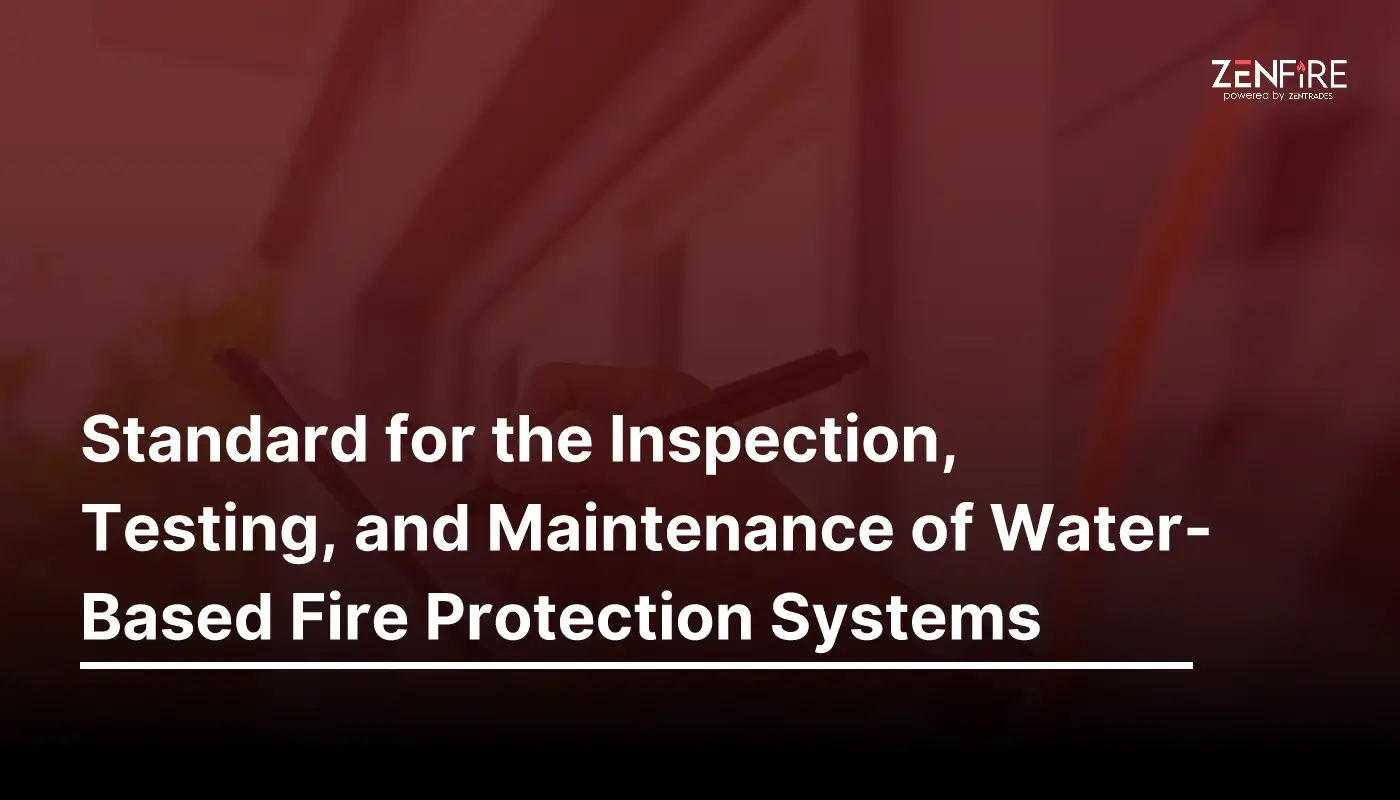
NFPA 25
NFPA 25 sets the standard for inspecting, testing, and maintaining water-based fire protection...
Read More
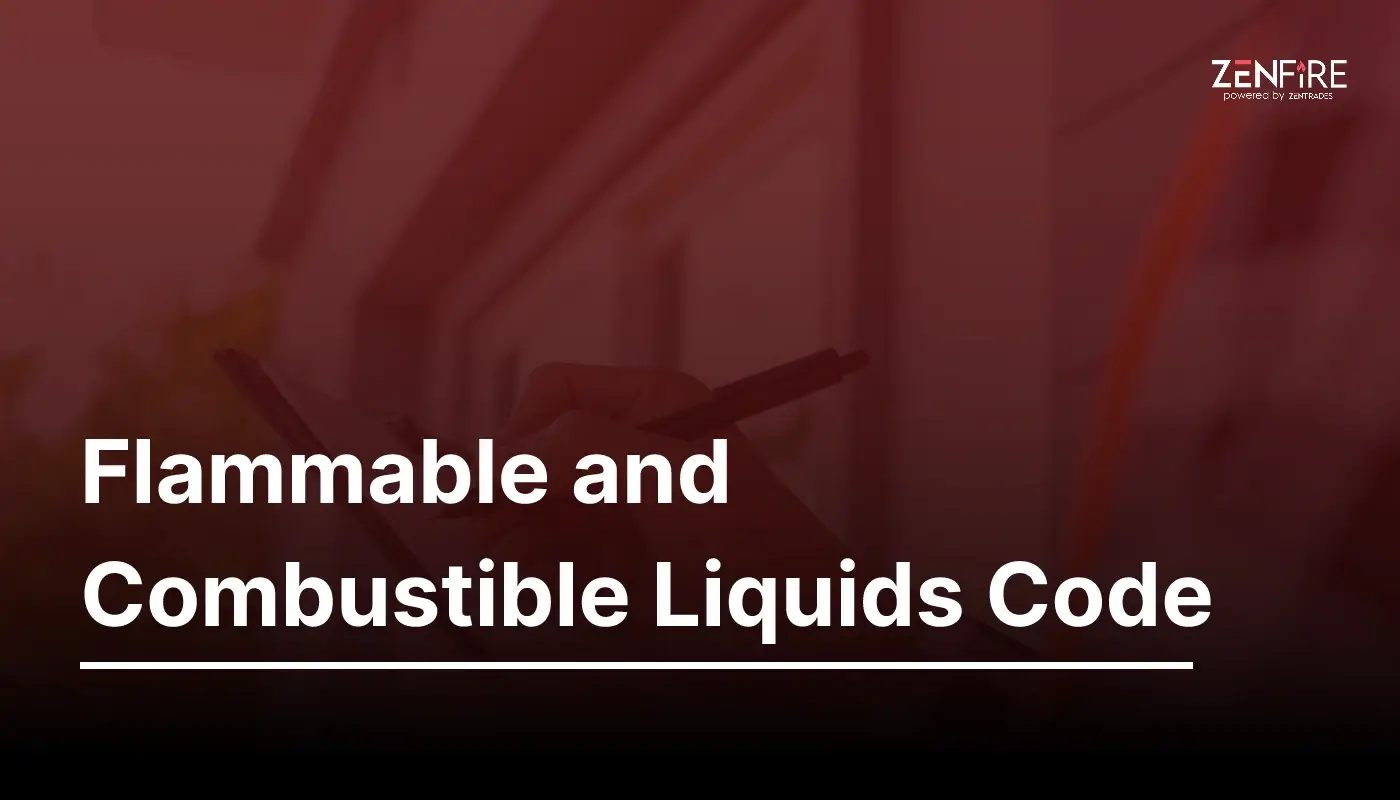
NFPA 30
NFPA 30, enforceable under OSHA and numerous state and local regulations, offers protective...
Read More
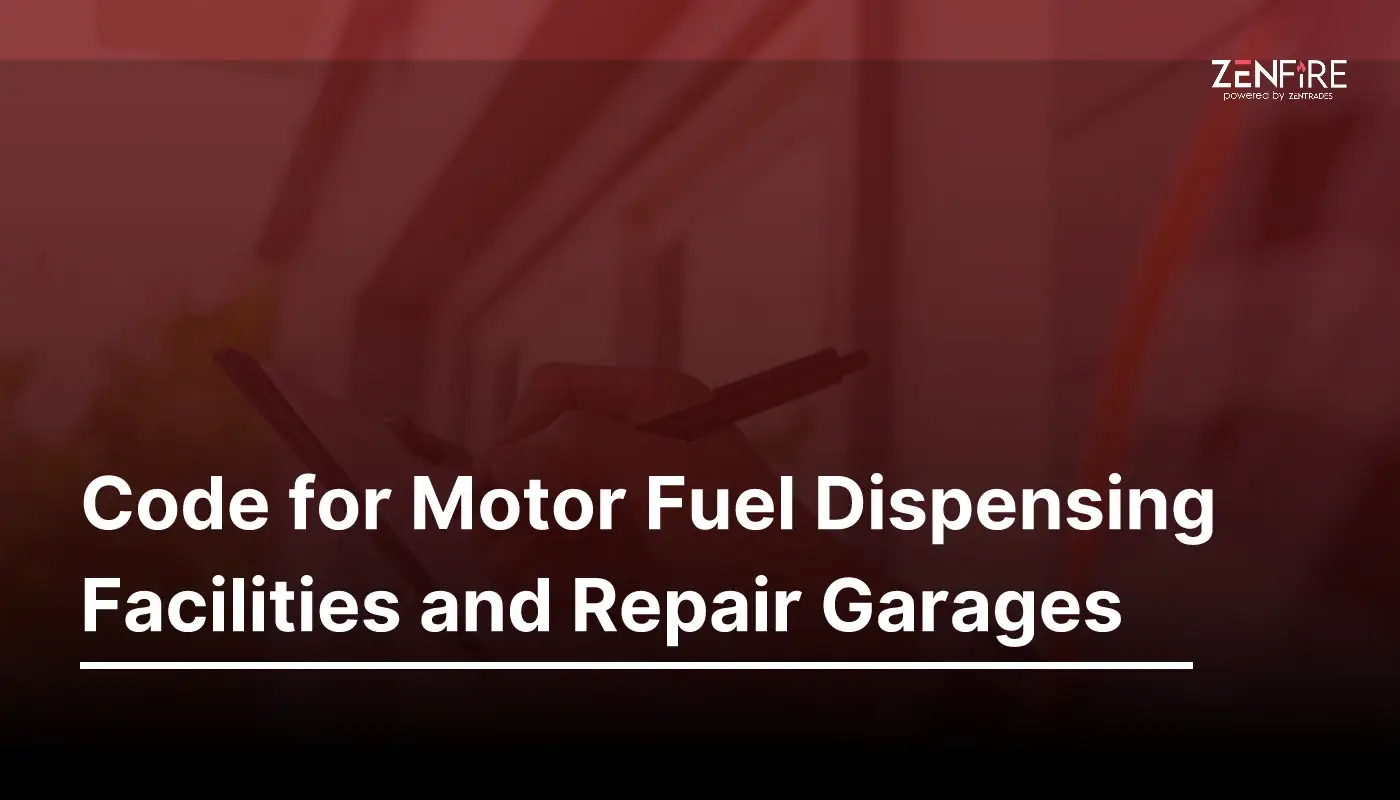
NFPA 30A
It mitigates fire and explosion risks by stipulating safeguards for dispensing both liquid and gaseous ...
Read More

NFPA 30B
It establishes basic prerequisites for preventing and managing fires and explosions in facilities...
Read More
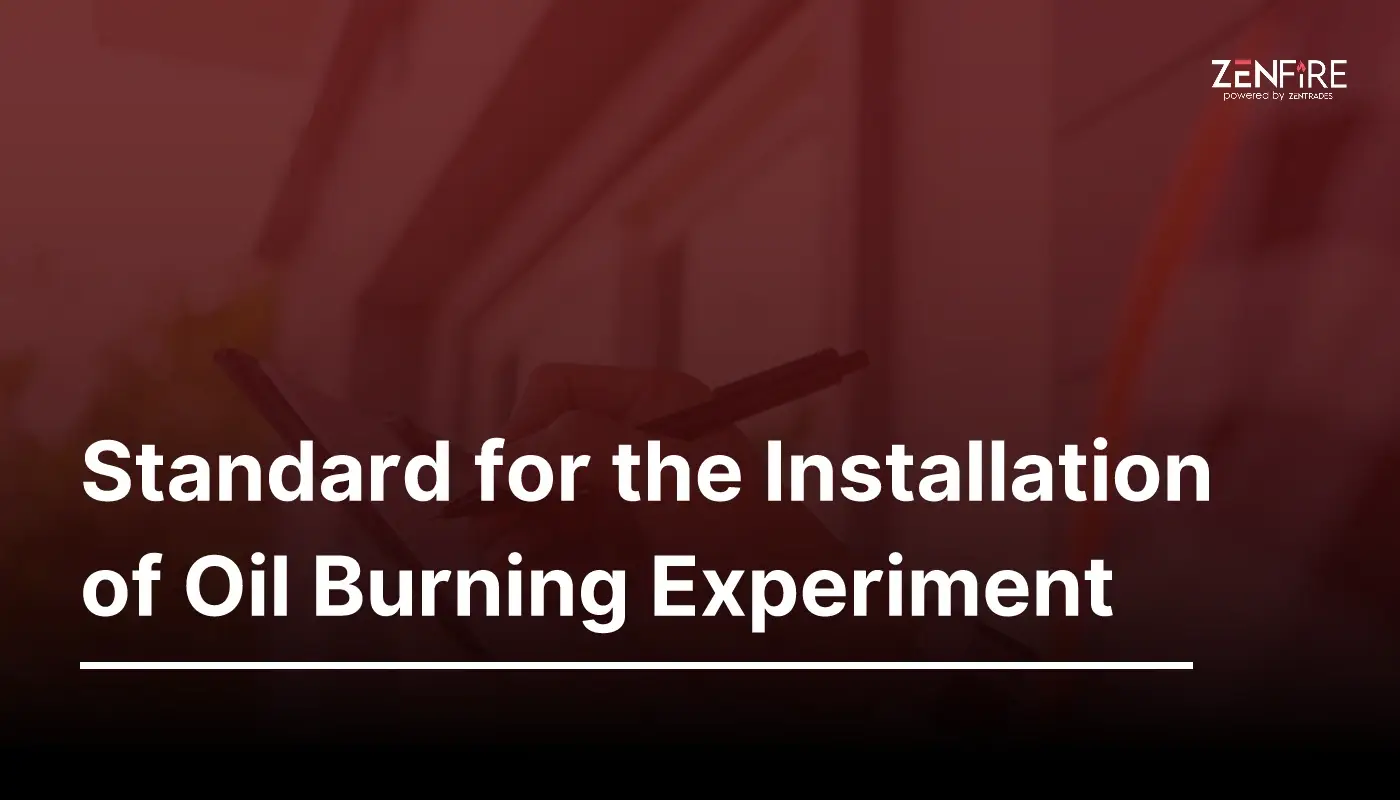
NFPA 31
NFPA 31 sets forth standards for the safe and efficient design and installation of heating appliances...
Read More
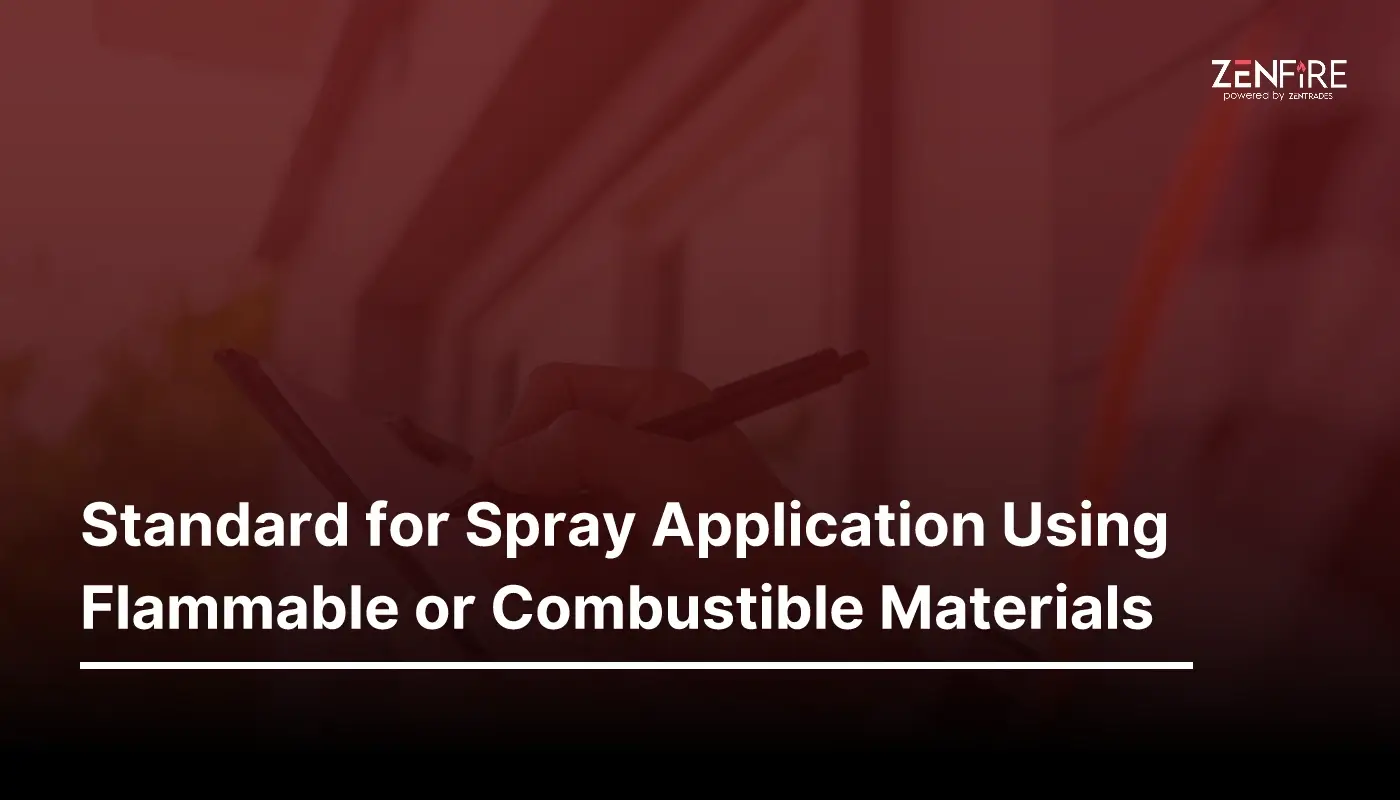
NFPA 33
It offers criteria to mitigate fire and explosion risks in spray application processes employing...
Read More
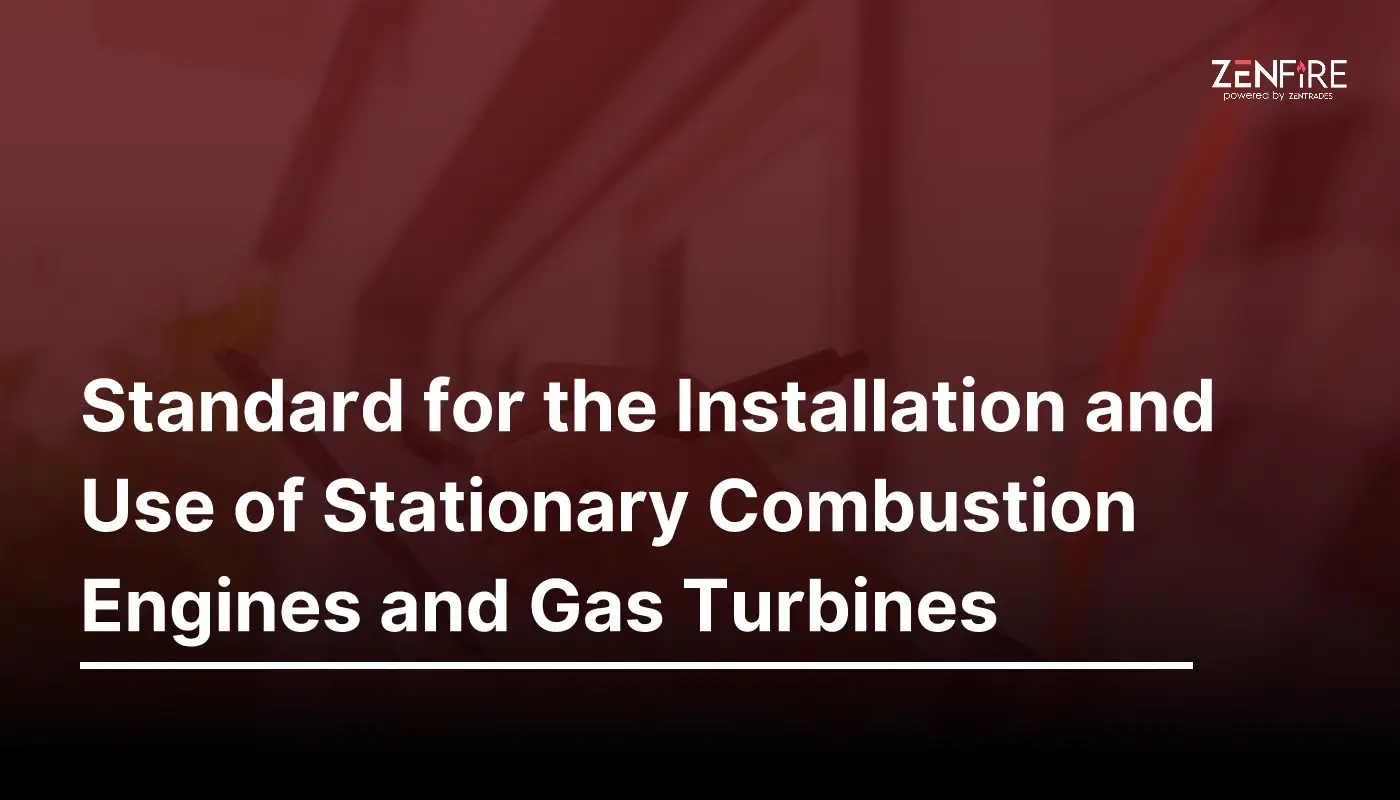
NFPA 37
It sets criteria for minimizing fire hazards associated with installing and operating stationary ...
Read More
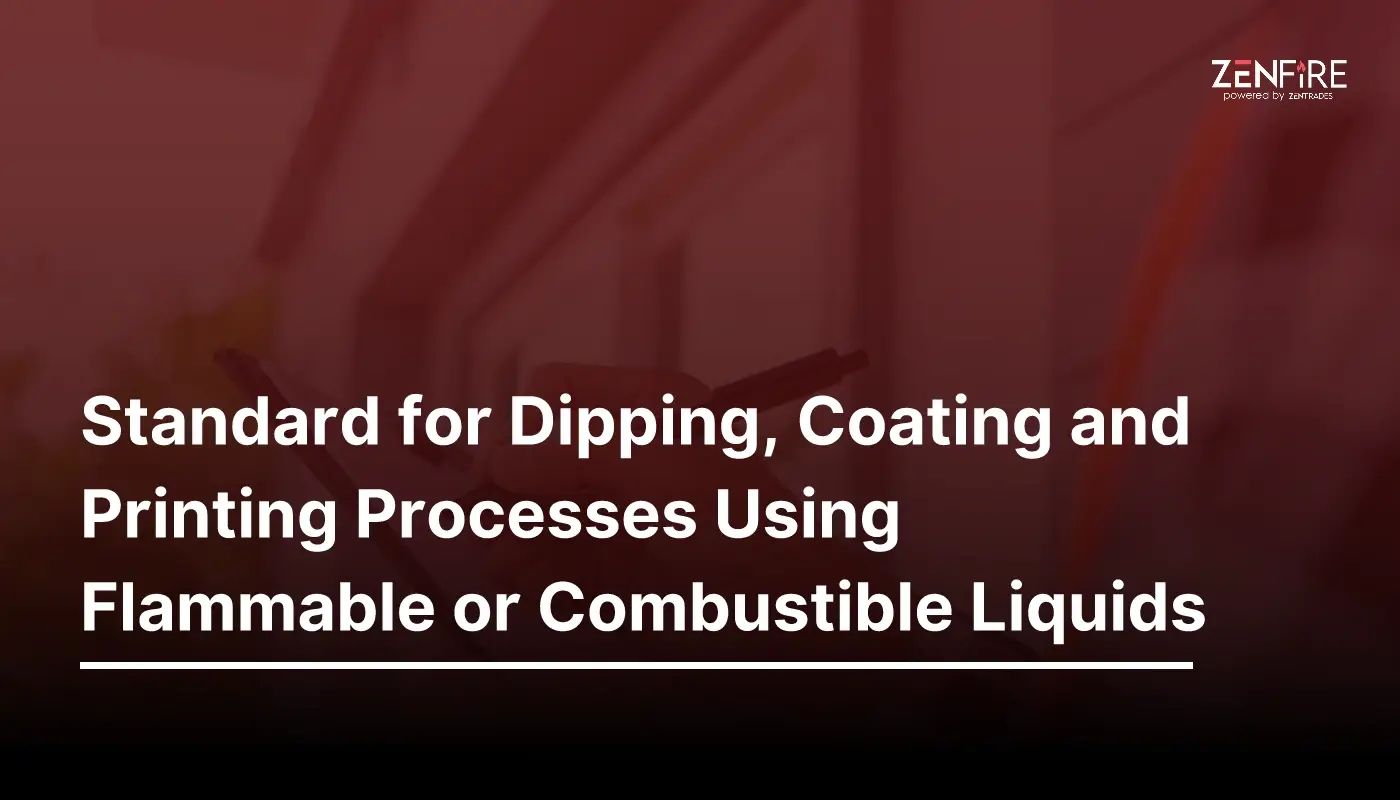
NFPA 34
It promotes industrial fire safety by specifying measures to mitigate fire and explosion risks...
Read More

NFPA 35
It mandates prerequisites to safeguard lives and property from fire and explosion risks in facilities ...
Read More
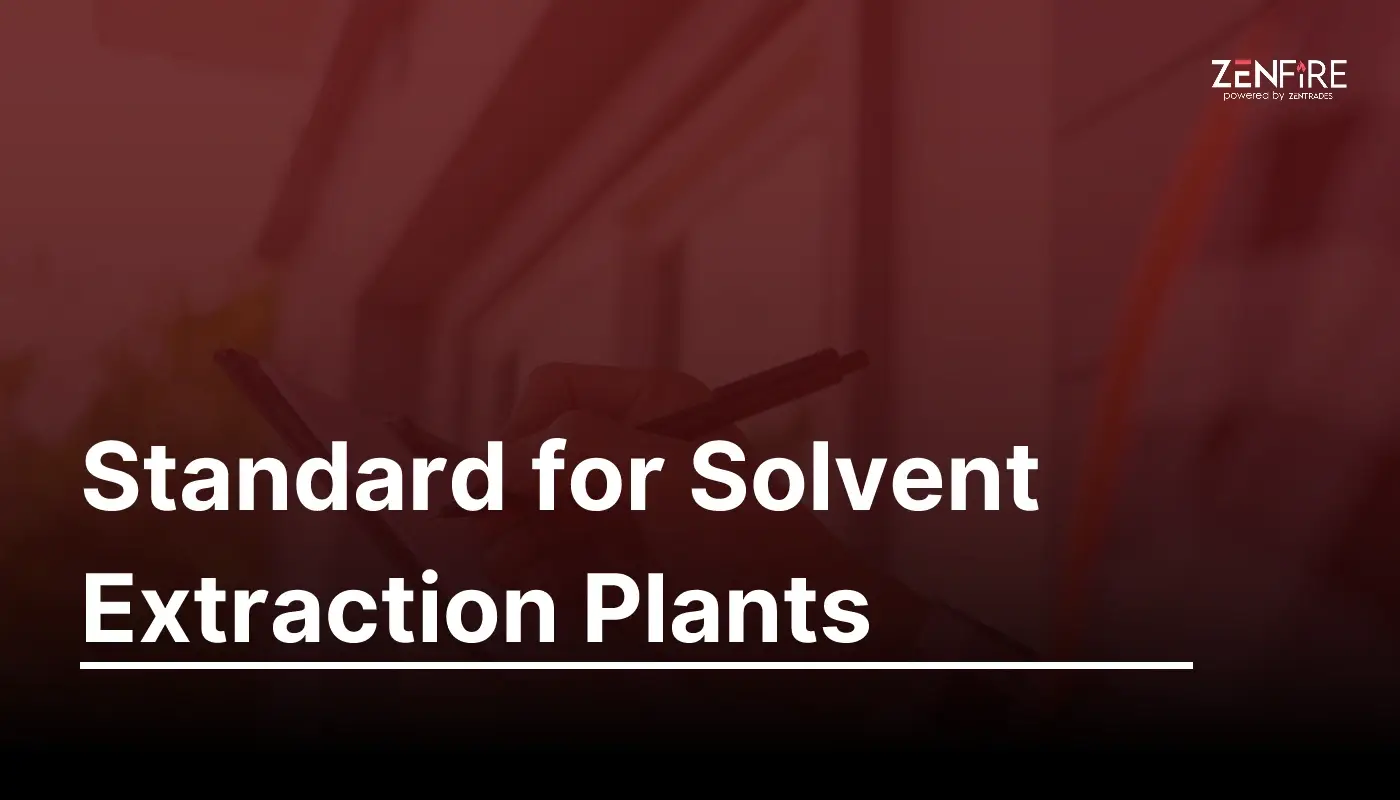
NFPA 36
It establishes design, construction, and operational standards to reduce fire and explosion...
Read More
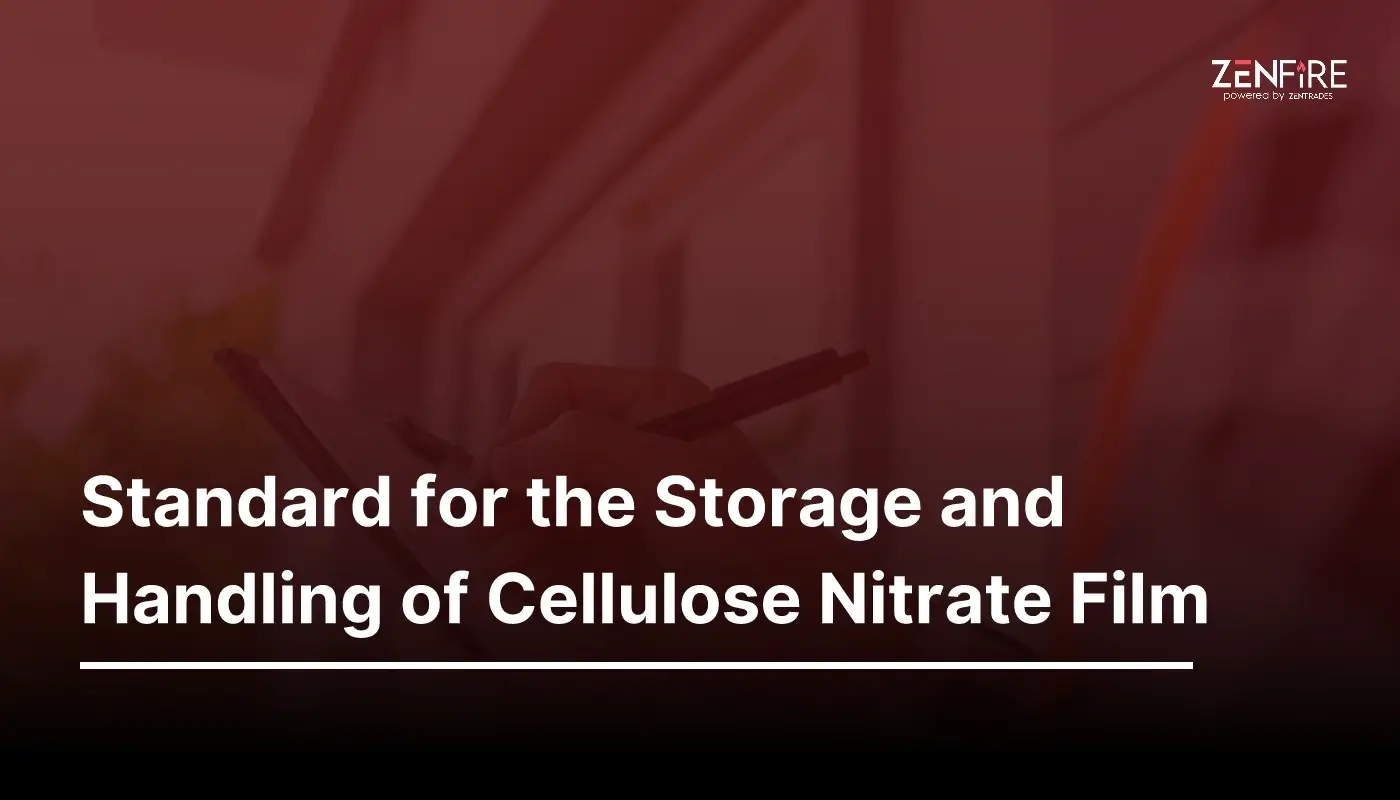
NFPA 40
It outlines fundamental prerequisites to safeguard life and property by preventing and controlling ...
Read More
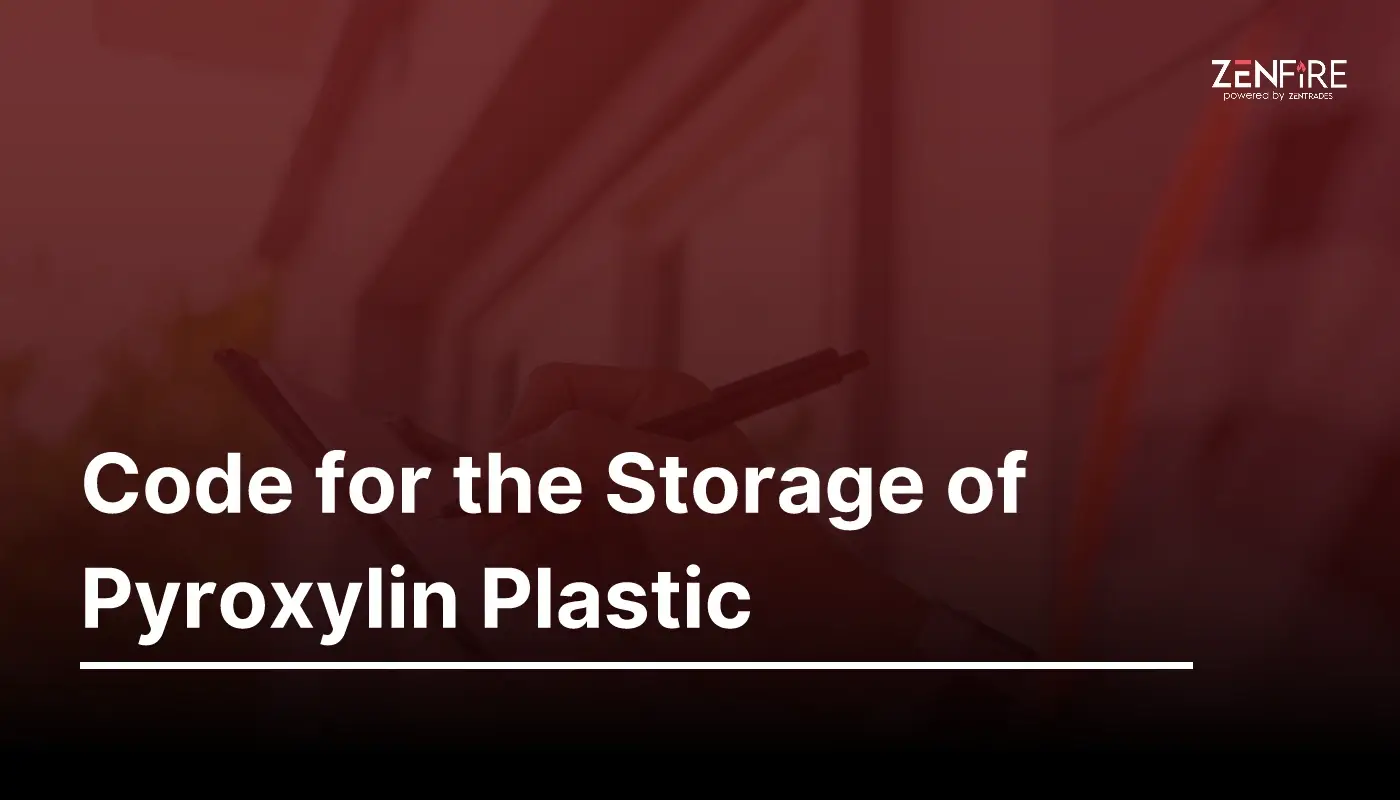
NFPA 42
It presents safety requirements for oxygen-fueled gas cutting and welding systems, aiming...
Read More
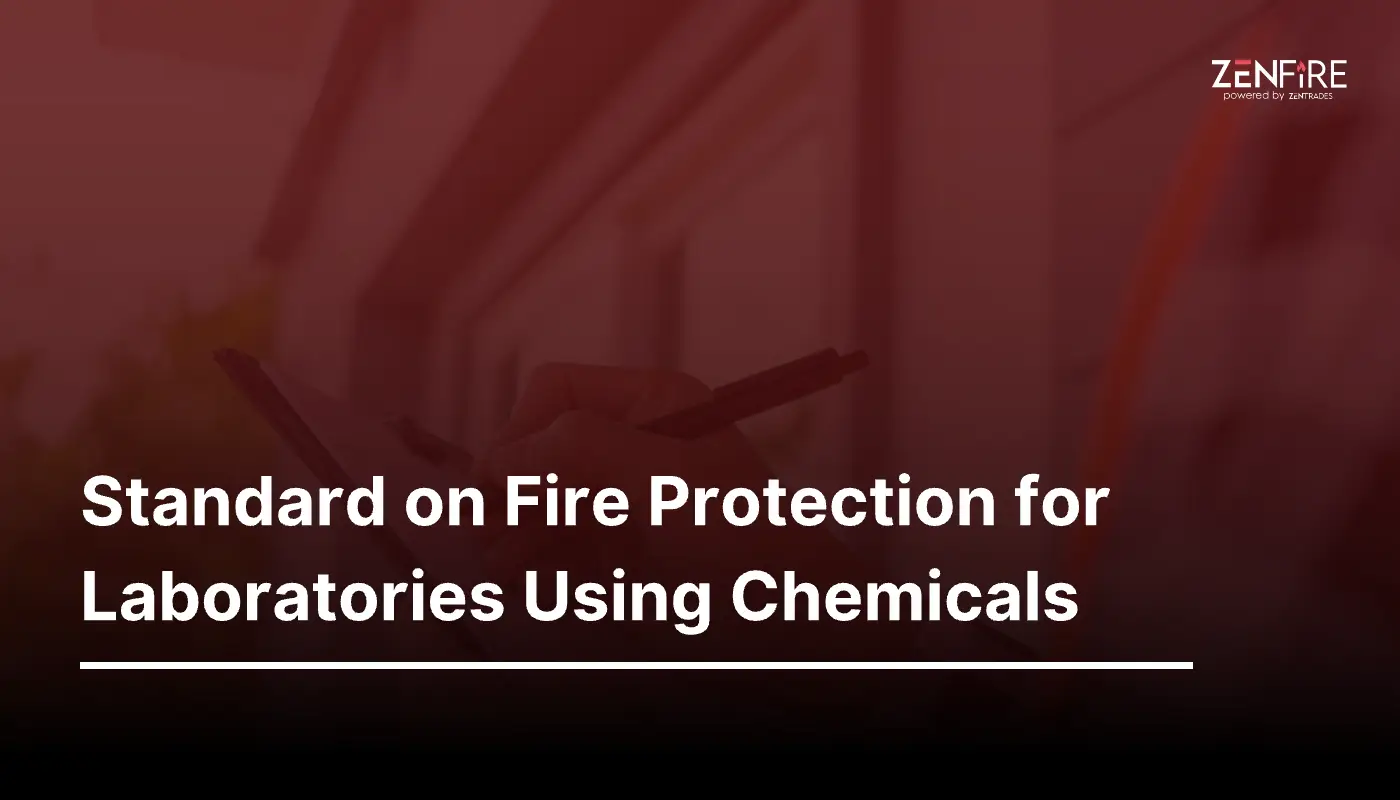
NFPA 45
It outlines safety provisions for designing, constructing, and installing acetylene cylinder charging ...
Read More
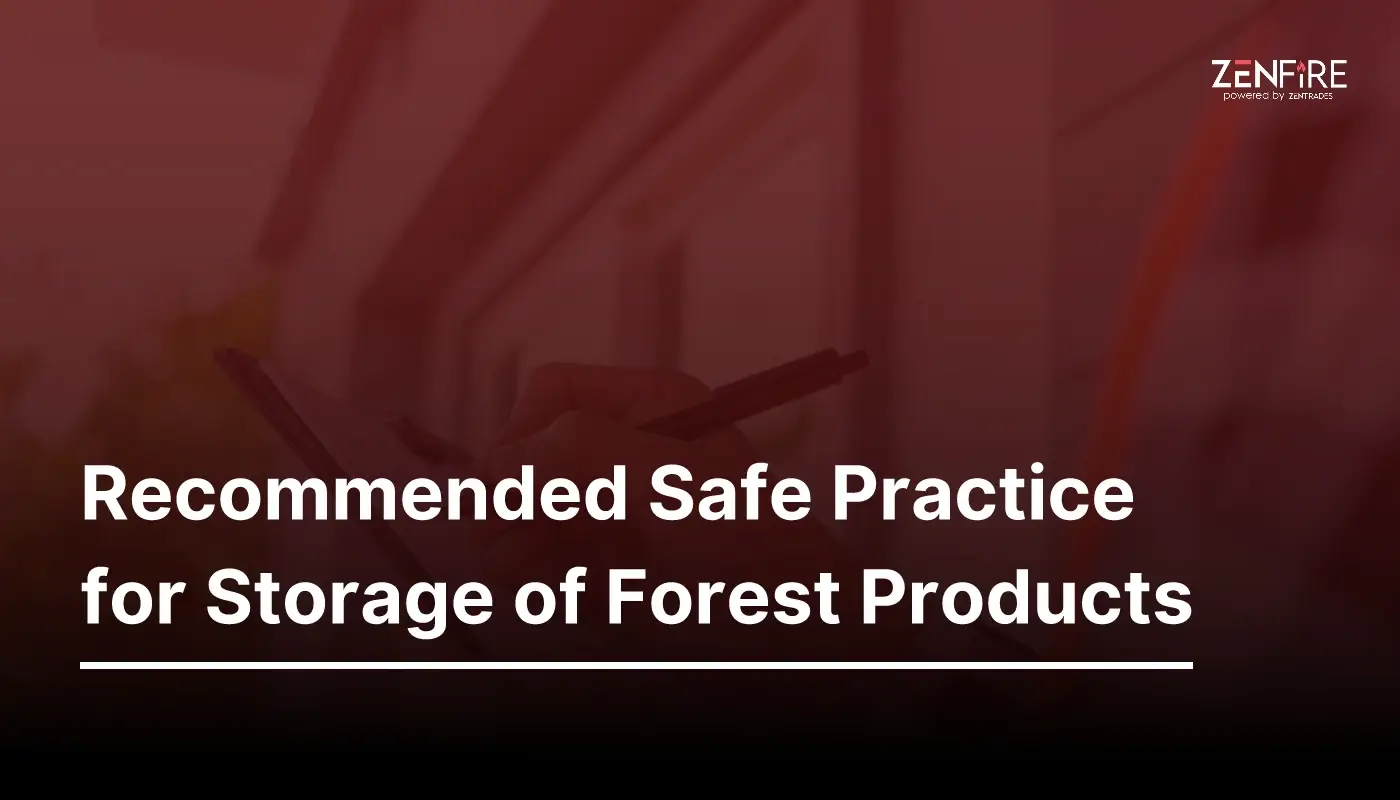
NFPA 46
It offers provisions to prevent injury, loss of life, and property damage resulting from fires or explosions ...
Read More
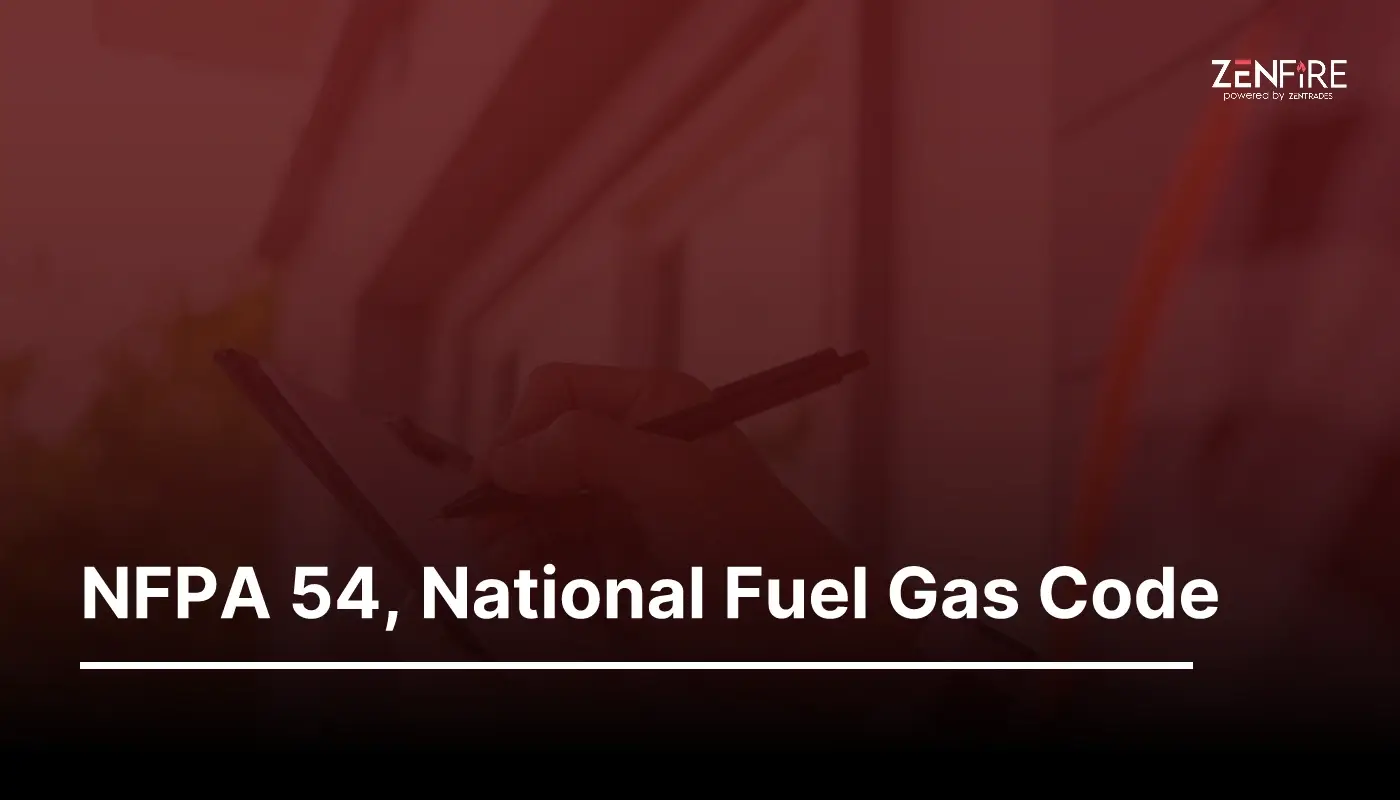
NFPA 54
NFPA 54, ANSI Z223.1 lays down the minimum safety requisites for designing and installing ...
Read More
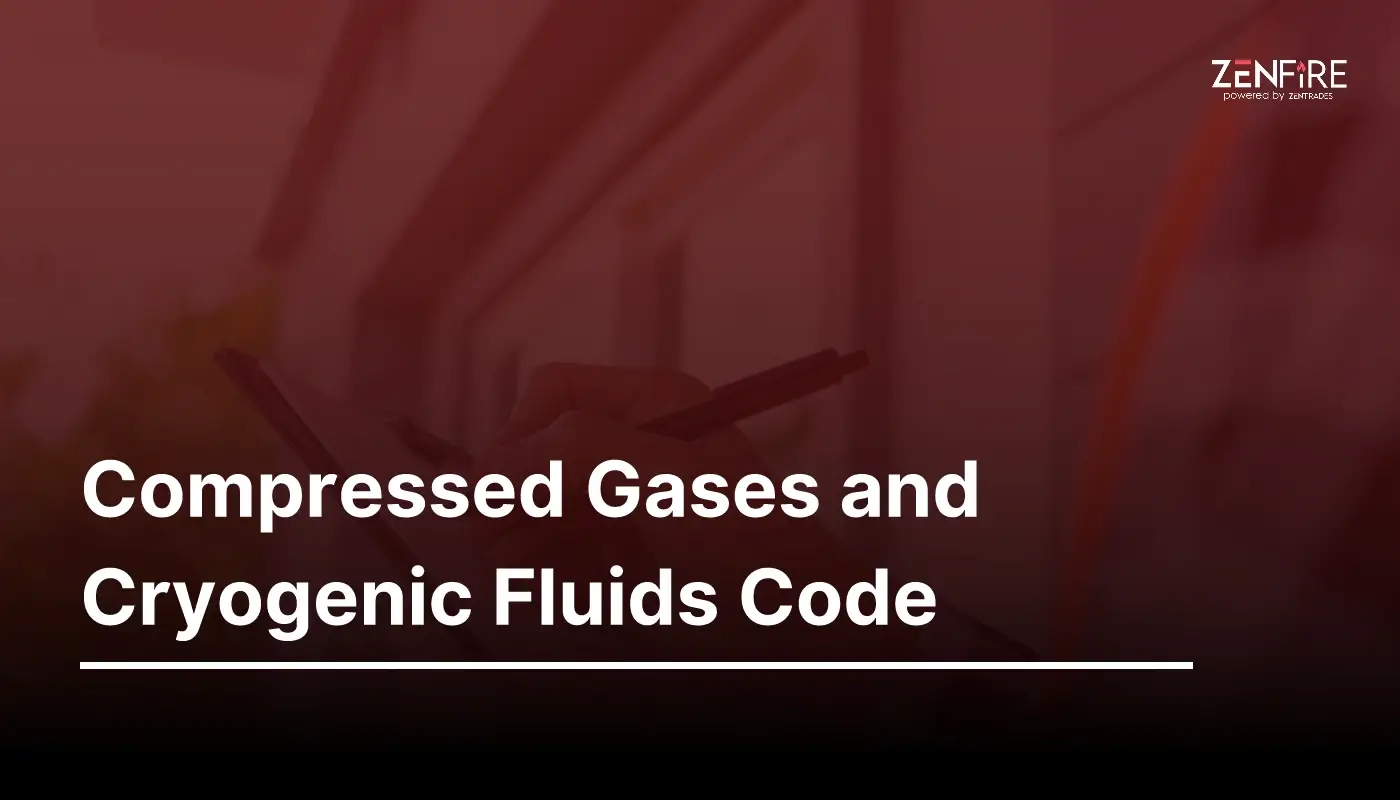
NFPA 55
NFPA 55 aids in protecting against physiological, over-pressurization, explosive, and flammability ...
Read More
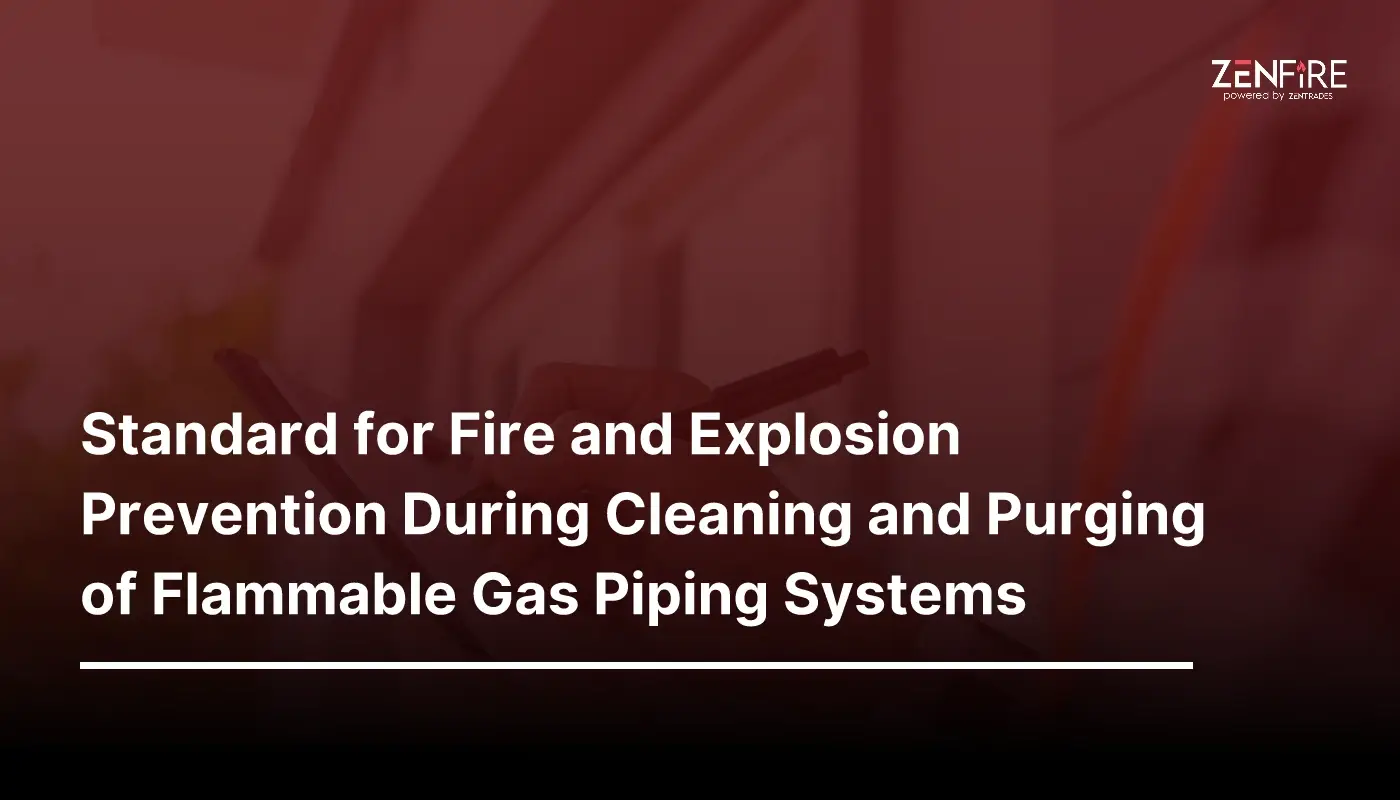
NFPA 56
It specifies minimum safety requirements for cleaning and purging flammable gas piping systems...
Read More
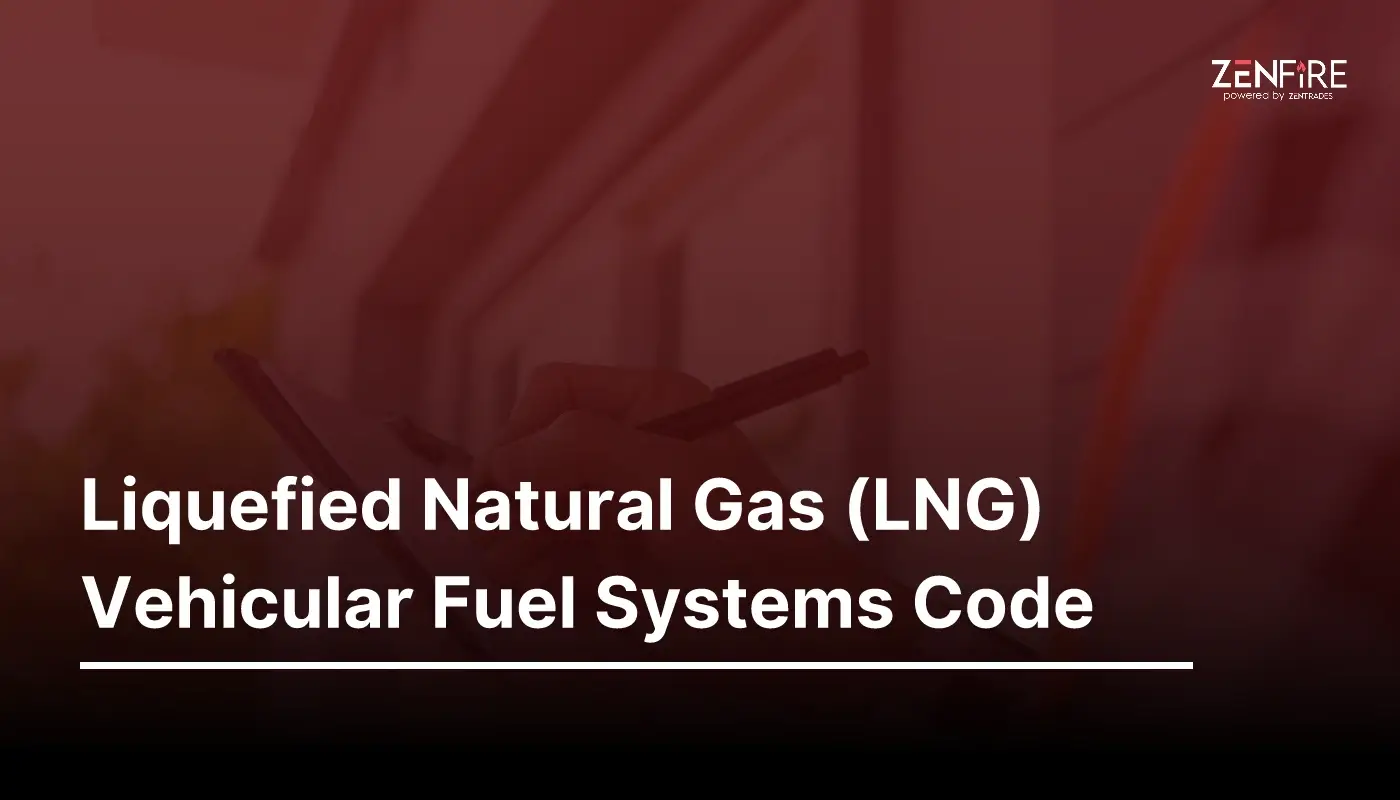
NFPA 57
NFPA 58, the industry standard for safe LP-Gas handling, storage, transportation, and usage,...
Read More
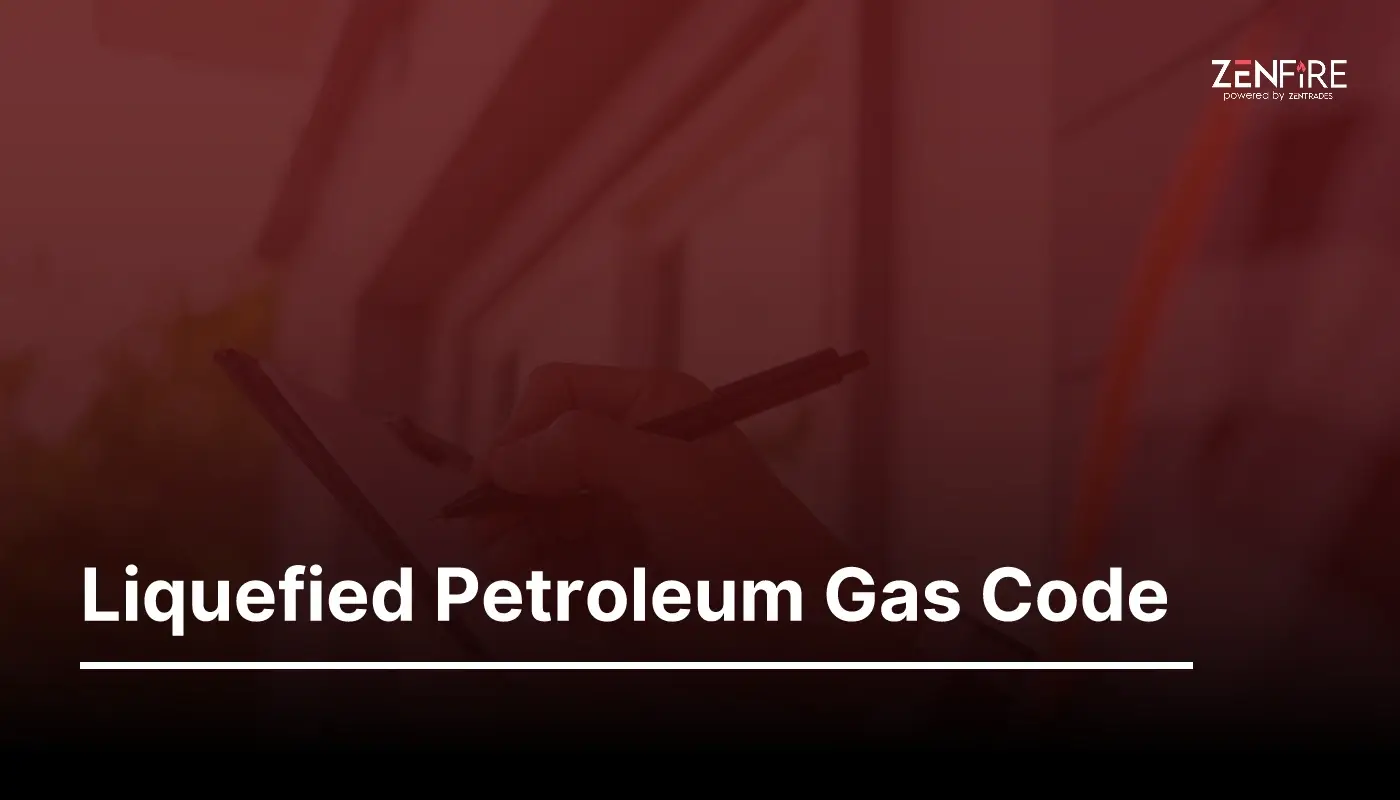
NFPA 58
It sets safety requirements for designing, constructing, locating, installing, operating, and maintaining ...
Read More
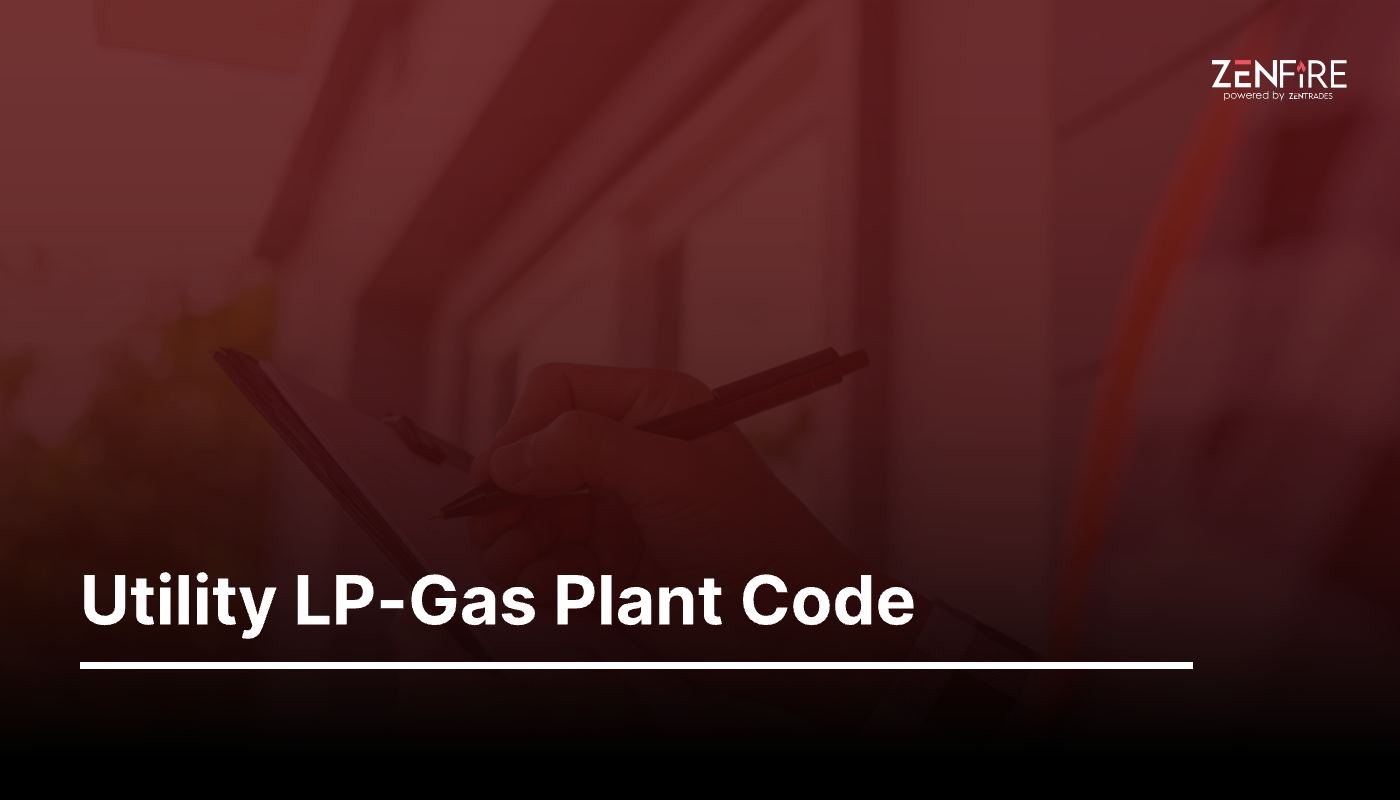
NFPA 59
It lays out minimum fire protection, safety, and related criteria for designing, constructing,...
Read More
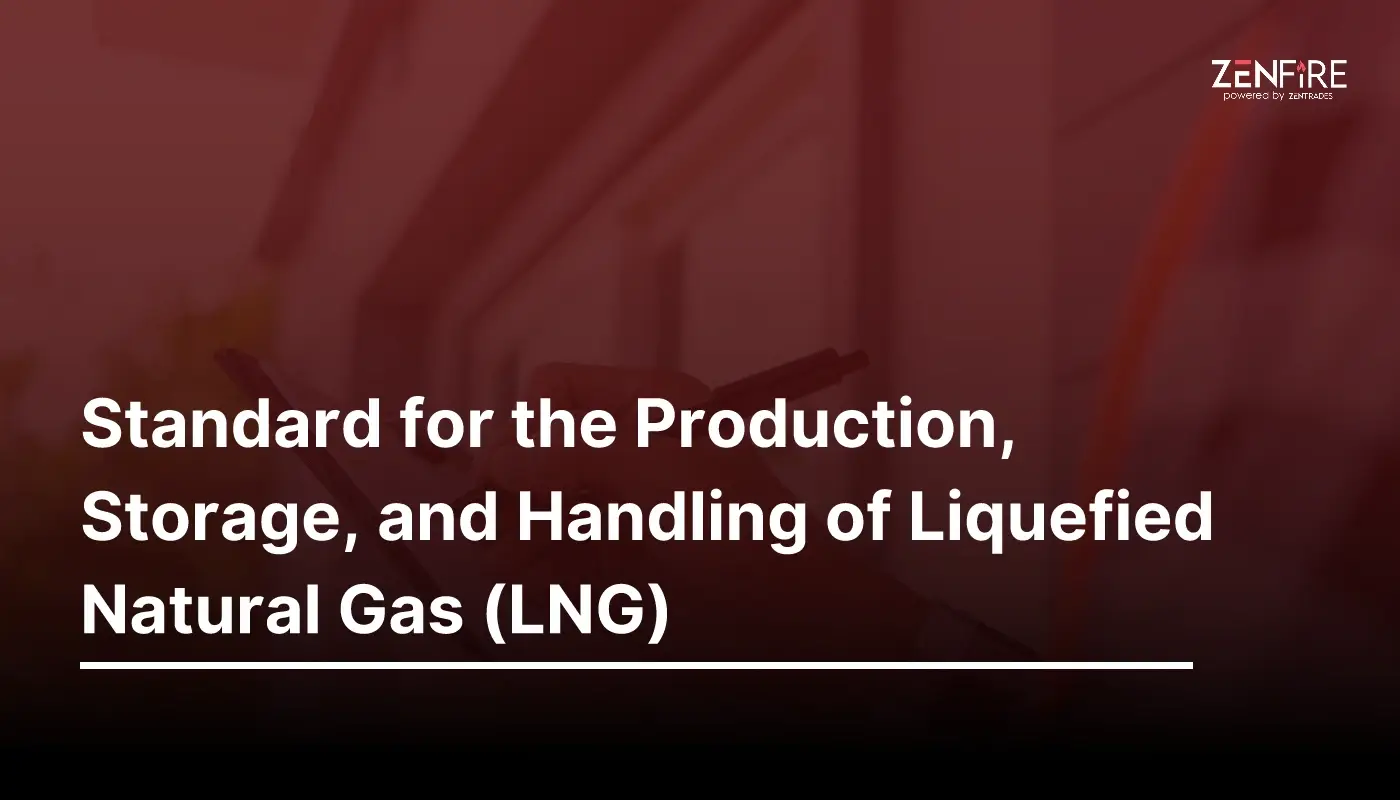
NFPA 59A
NFPA 61 safeguards individuals and assets from fires and dust explosions in facilities dealing...
Read More
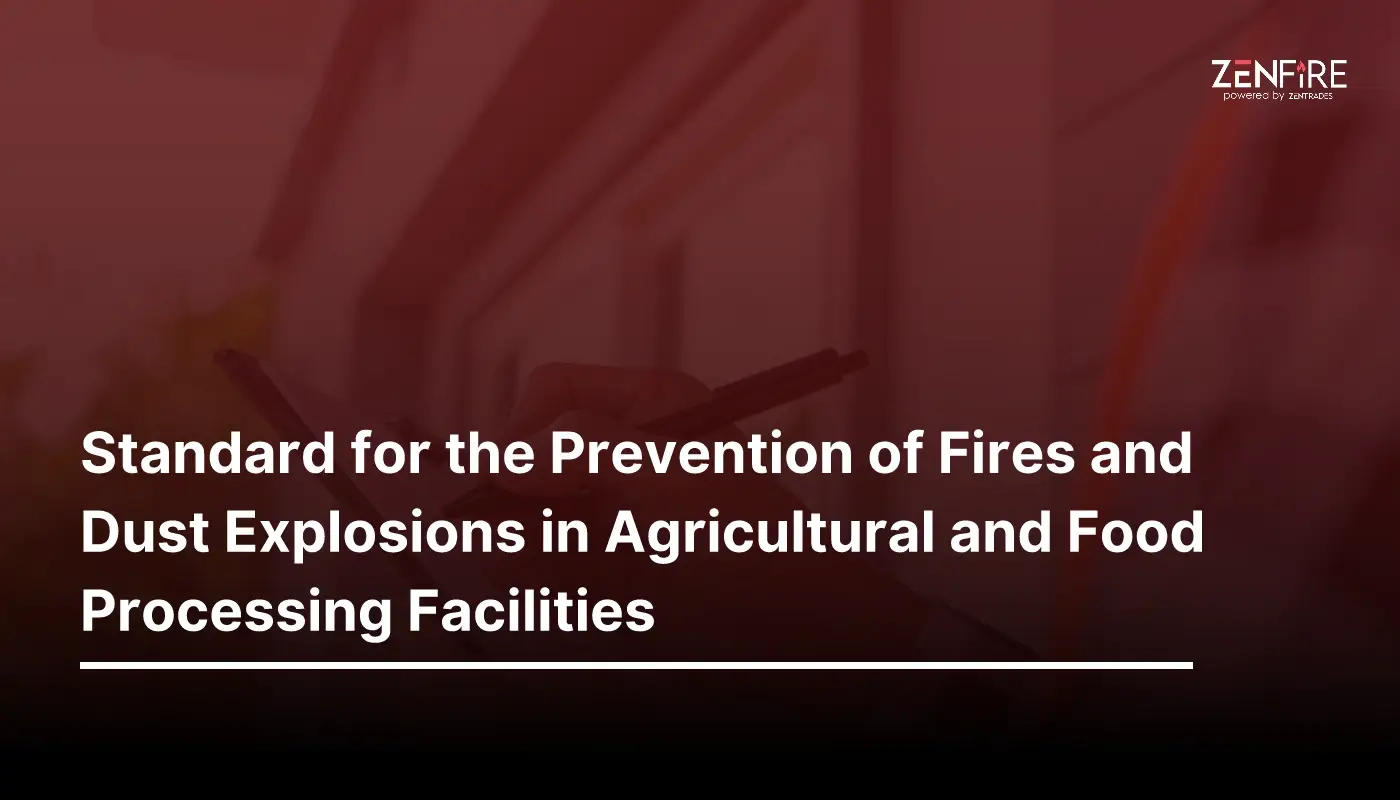
NFPA 61
It offers guidelines for designing, installing, and operating piping systems potentially containing...
Read More
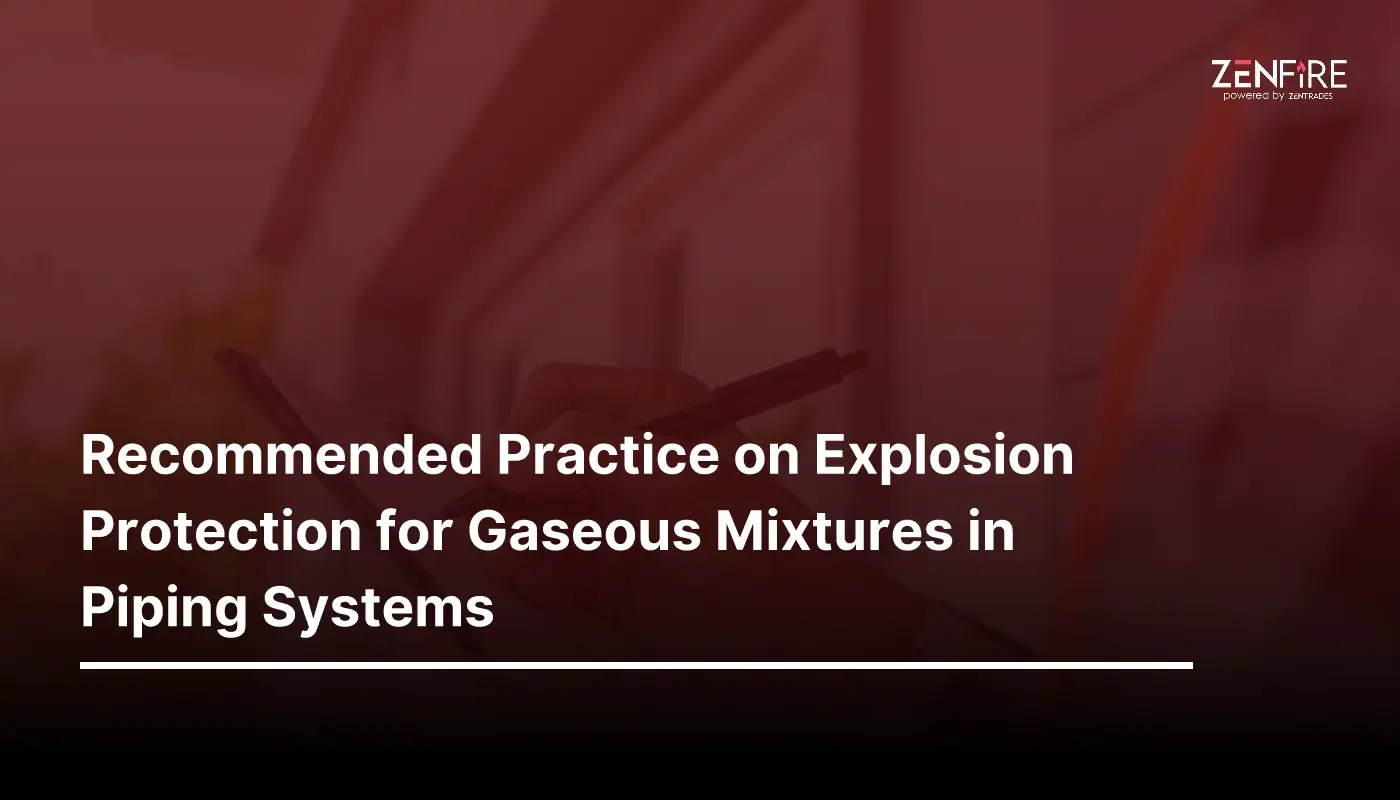
NFPA 67
It pertains to designing, locating, installing, maintaining, and using venting systems for mitigating...
Read More
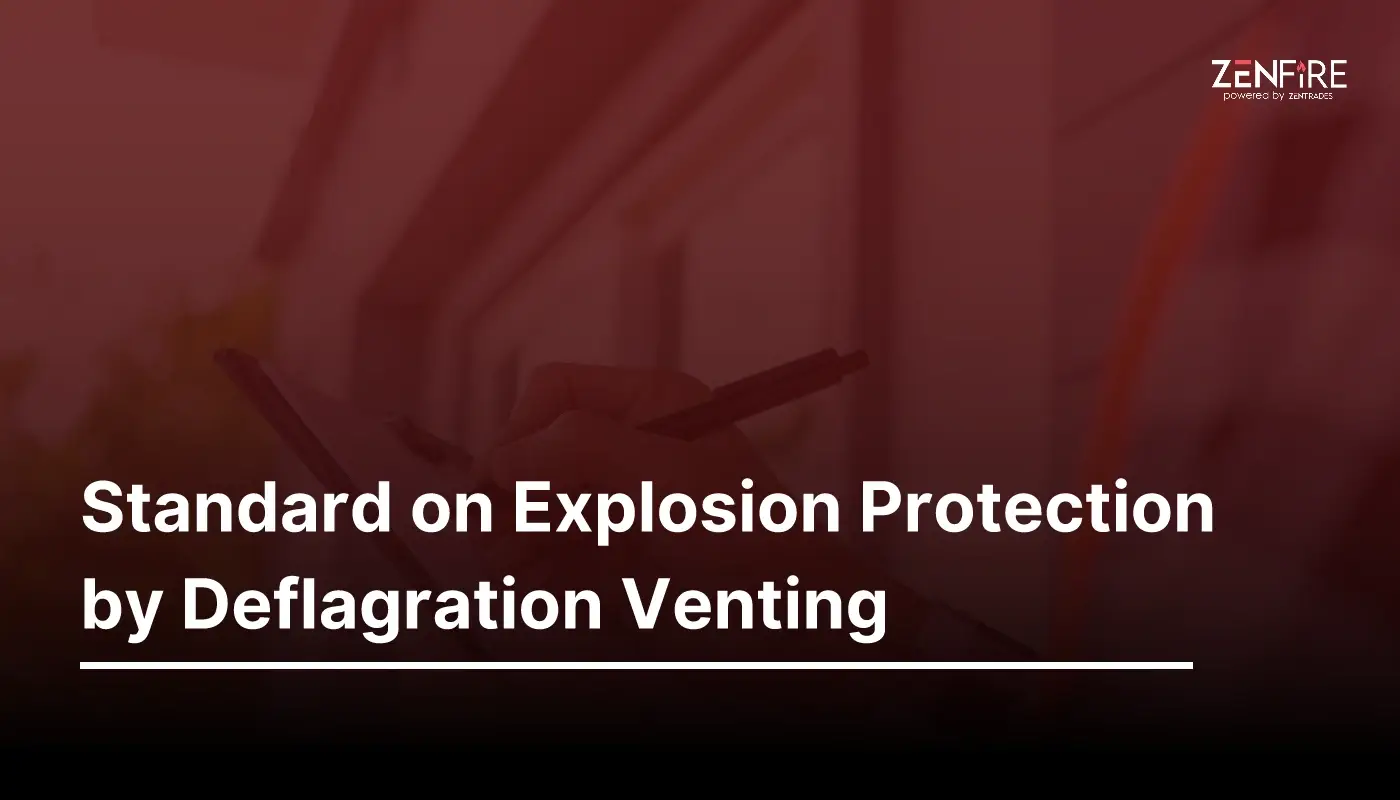
NFPA 68
It stipulates requirements for installing explosion prevention and control systems in enclosures...
Read More
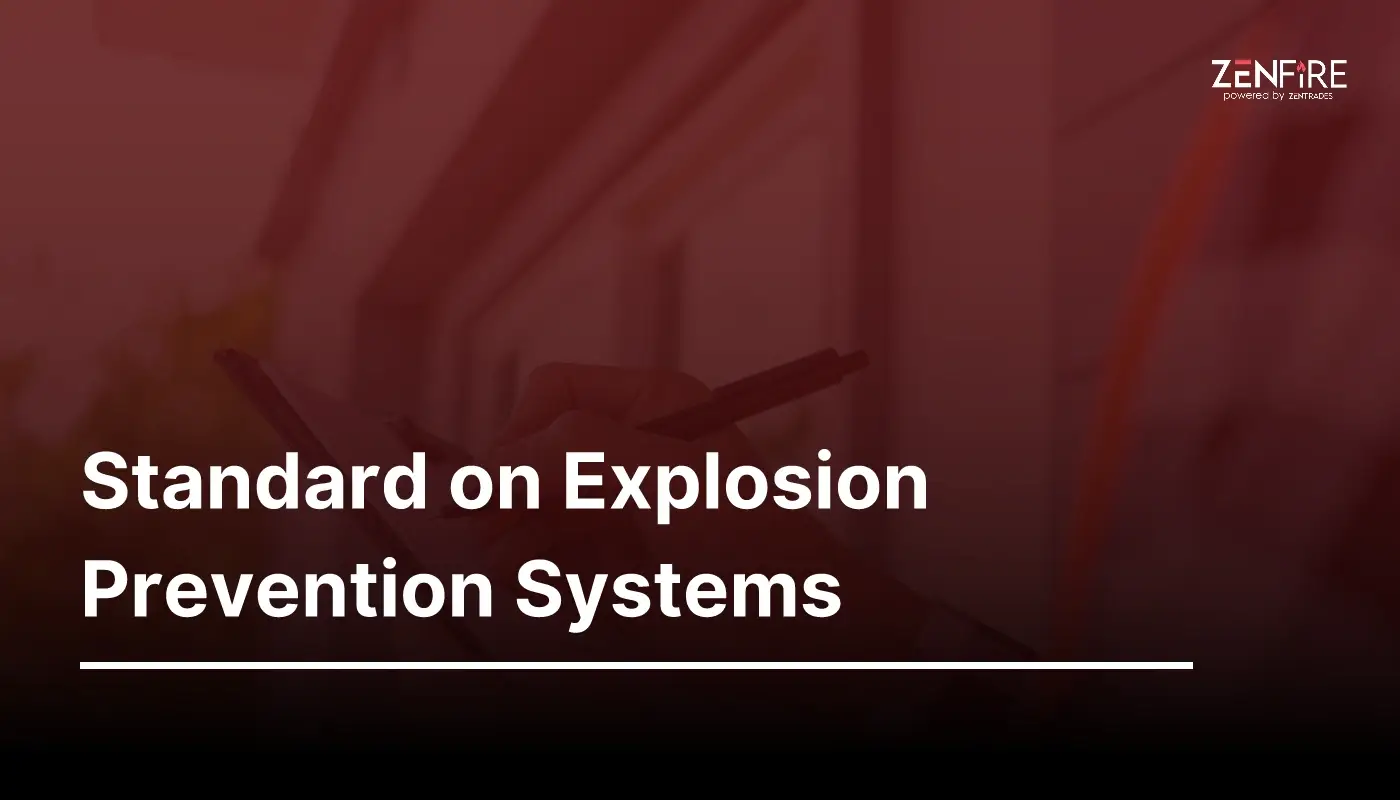
NFPA 69
...
Read More
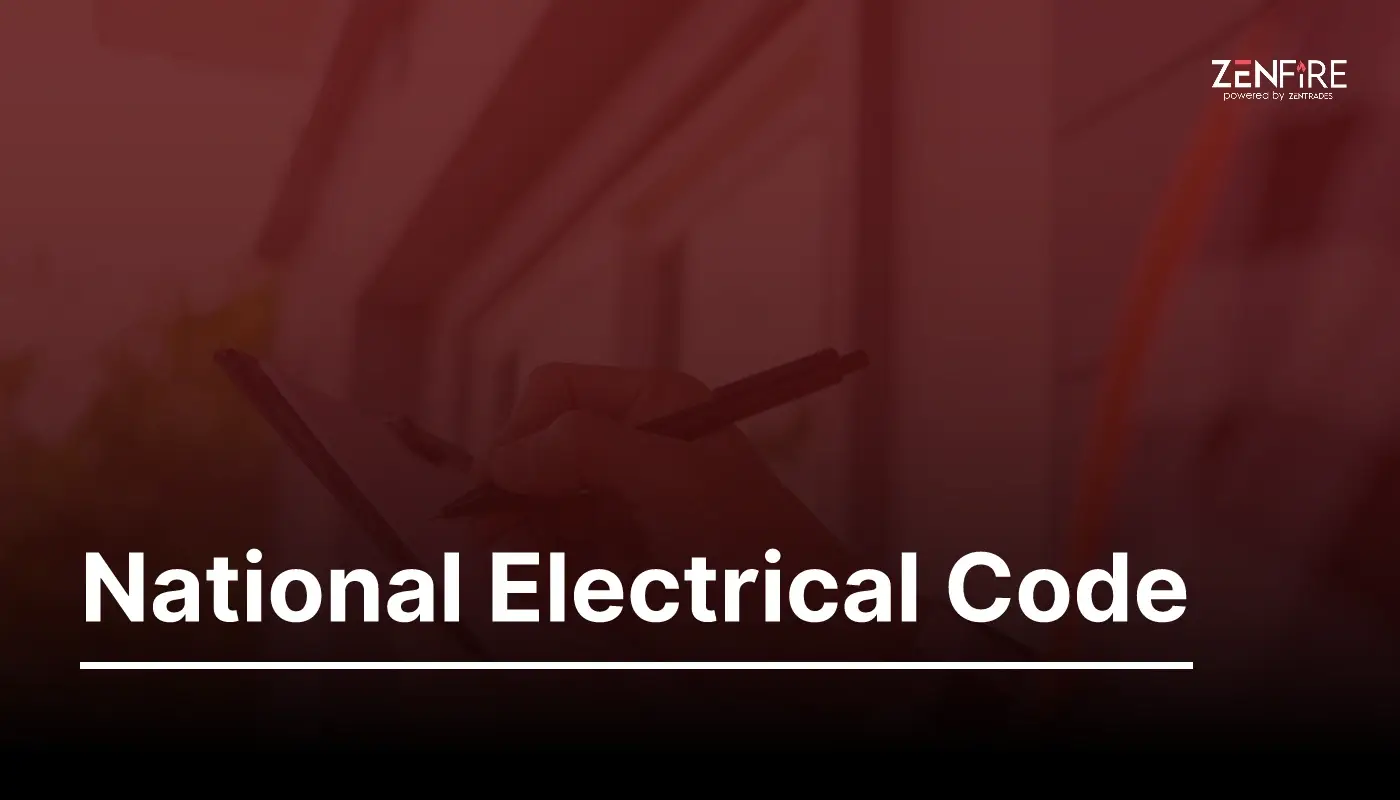
NFPA 70
NFPA 70, the National Electrical Code (NEC), enforced nationwide, sets the standard for safe electrical...
Read More
Fire Verticals
Resources
Company
Support and Services
- (206) 456-8988
- 236 W 27th st Floor 12, New York, NY 10001, United States
- A-302, Nyati Tech Park, New Kalyani Nagar, Wadgaon Sheri, Pune-411014
- [email protected]
